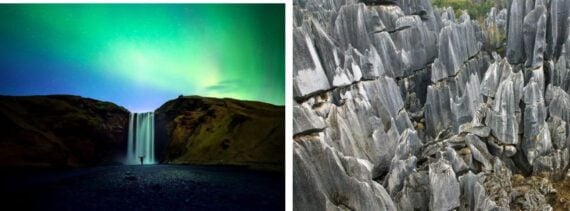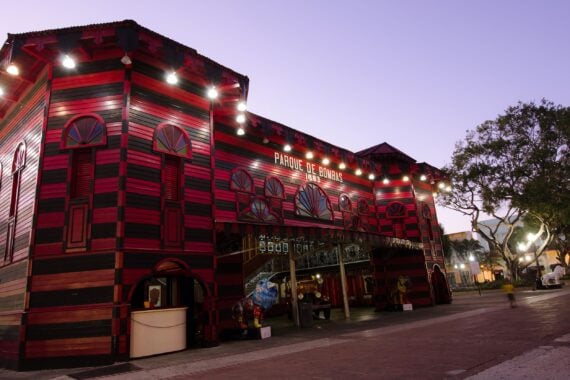Our planet is full of mysterious places, some so much so that they don’t even look like they belong here. From alien-like salt lakes and icebergs to otherworldly desert rock and thermal features, here are landscapes on all seven continents that will make you marvel at the Earth’s diversity and enigma.
Related: 30 Stunning Photos of Iconic Landscapes in the American West
The Stone Forest, China
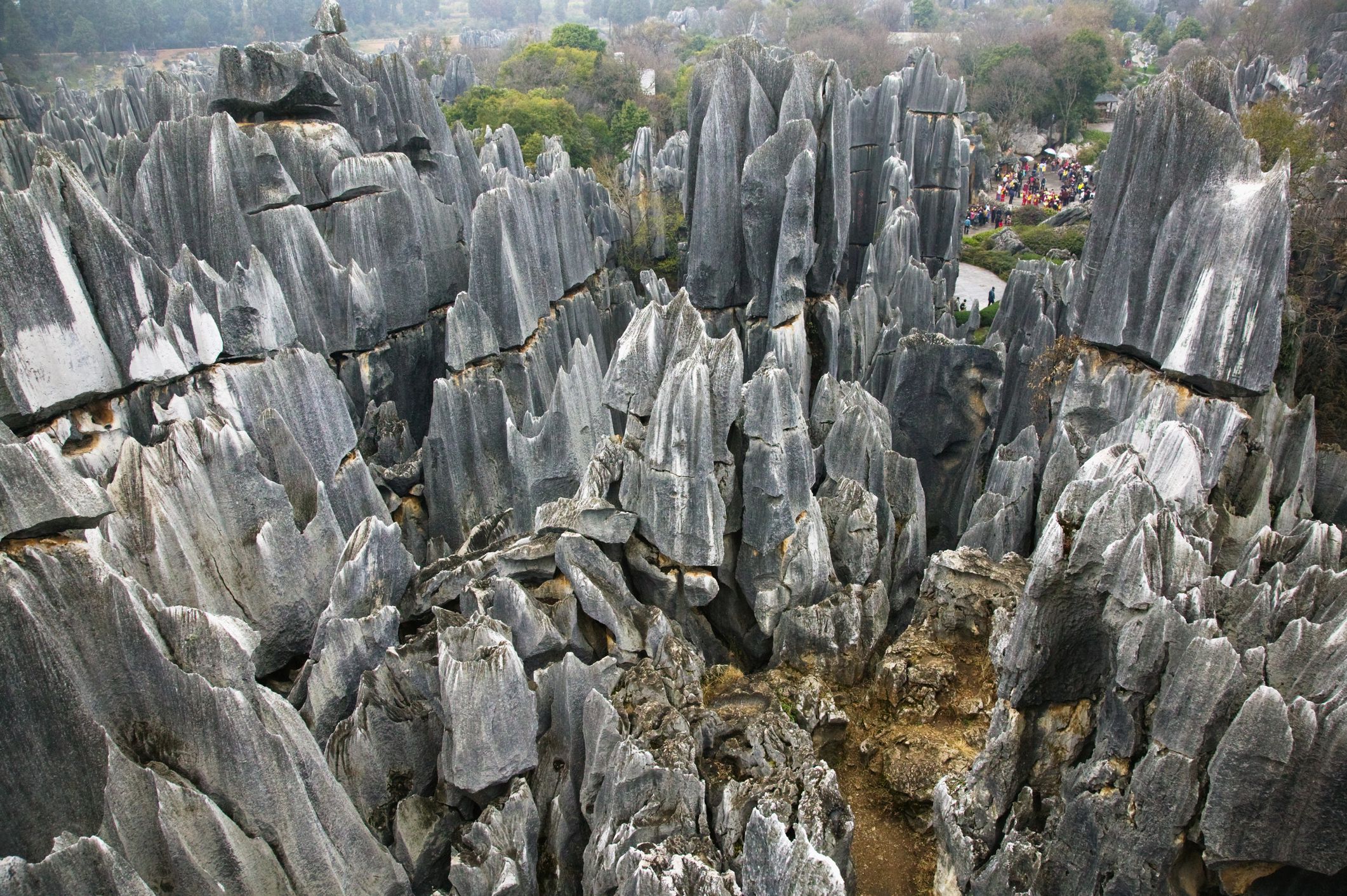
The geologic features of this area of China were created around 270 million years ago, the result of sandstone deposits overlaid with limestone and shaped by water and wind.
For more great slideshows like this, please sign up for our free newsletters.
Lake Dumbleyung, Australia

This Australian salt lake with a name that seems straight out of a Harry Potter novel is about a three-hour drive southeast of Perth.
Related: 15 Bucket-List Destinations Below the Equator
Skógafoss Waterfall, Iceland

If it wasn’t for the human silhouetted in this shot, this Aurora Borealis-inspired waterfall photo, taken in southern Iceland, would seem even more otherworldly.
Related: 15 Best Places to See the Northern Lights on a Budget
Antelope Canyon, Arizona
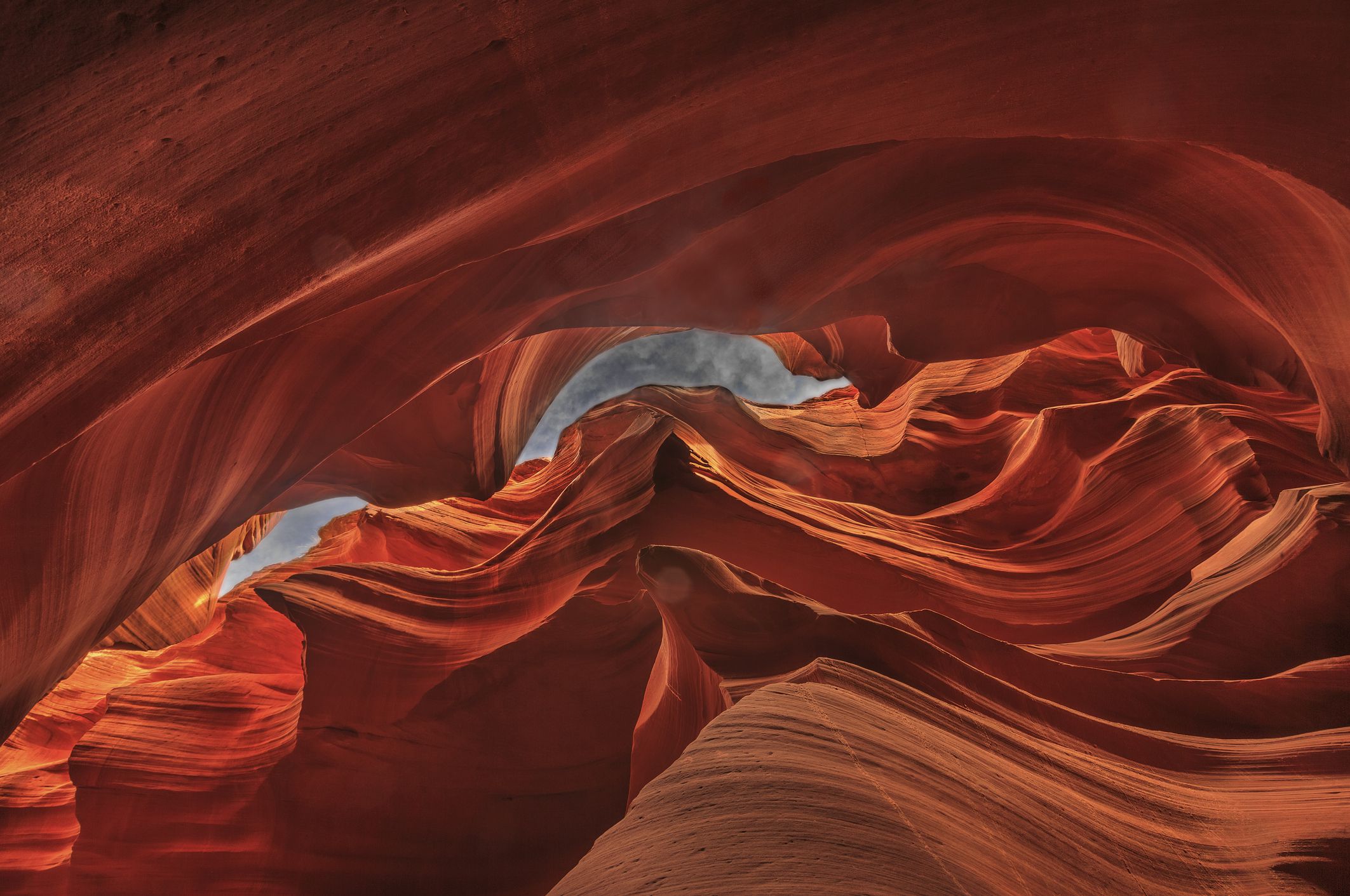
Famous for its dramatic and supernatural-looking rock formations, northern Arizona’s Antelope Canyon continues to inspire photographers and adventurers alike.
Related: The 50 Most Beautiful Views in the World
Channel Country, Australia
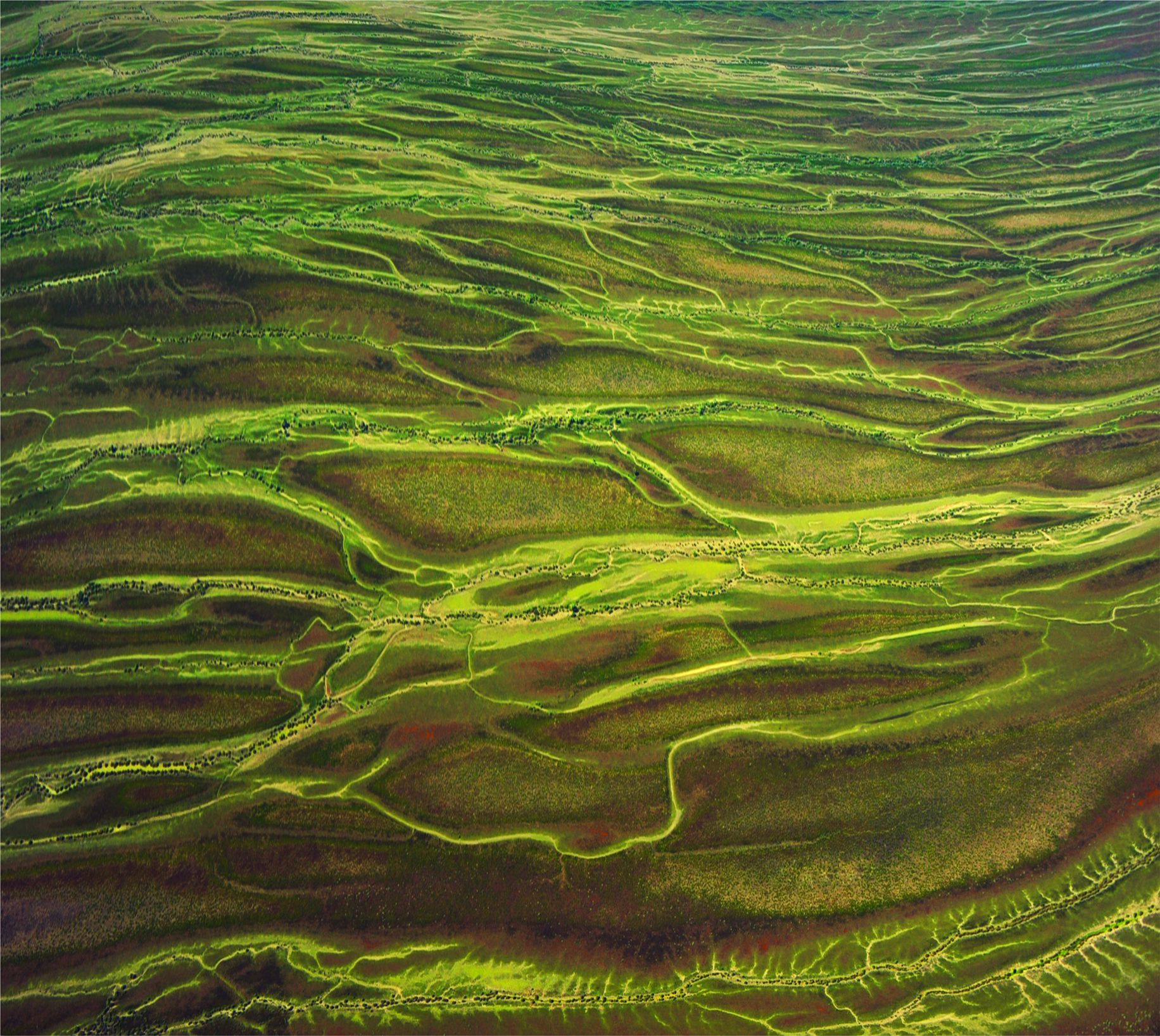
This sparsely populated desert region in the Outback of Queensland comes alive with color when it gets rainfall.
Trending on Cheapism
Zhangye Danxia National Geopark, China
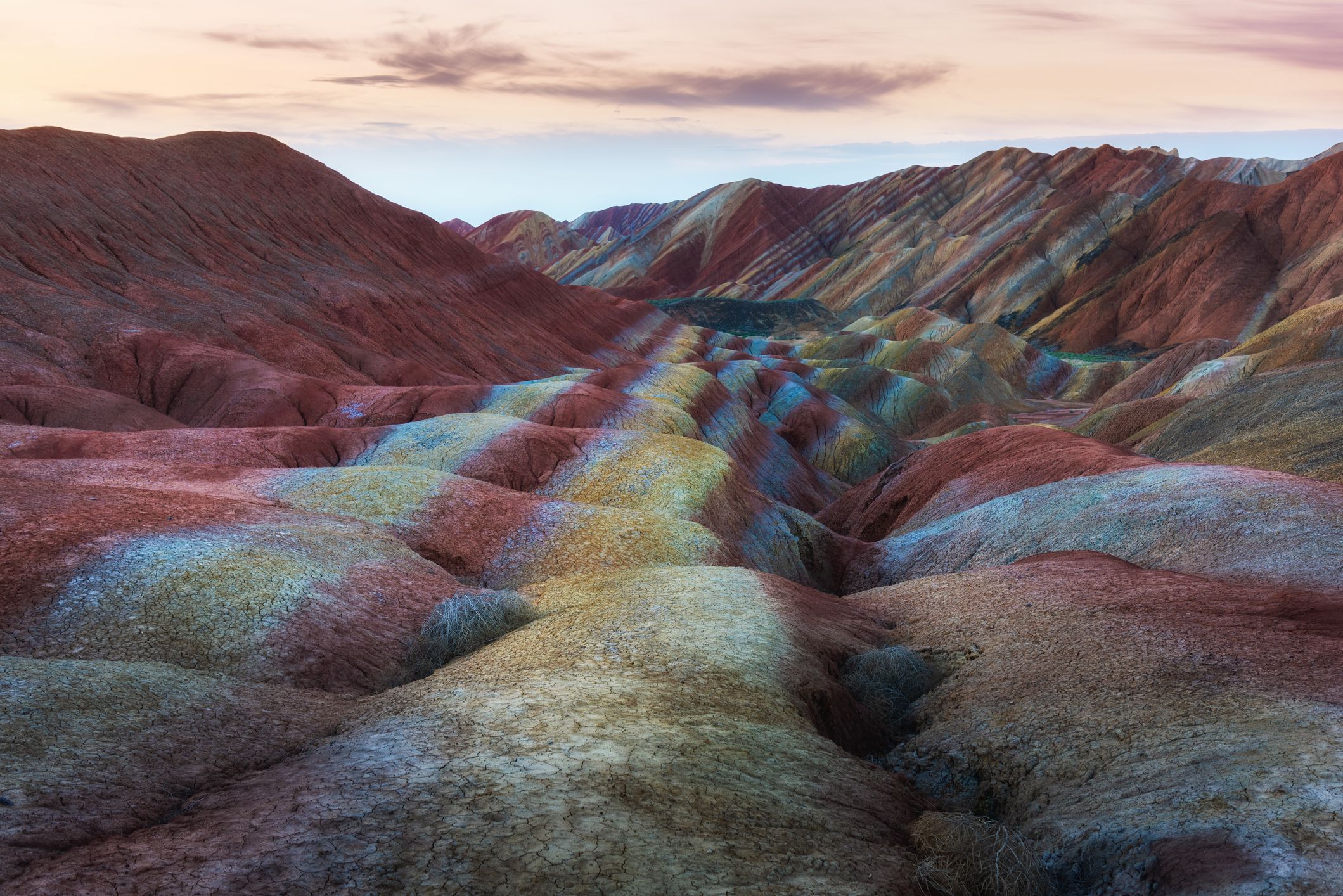
Located in the country’s north-central region, this park is known for its colorful sandstone rock formations.
Ice Cave, Iceland
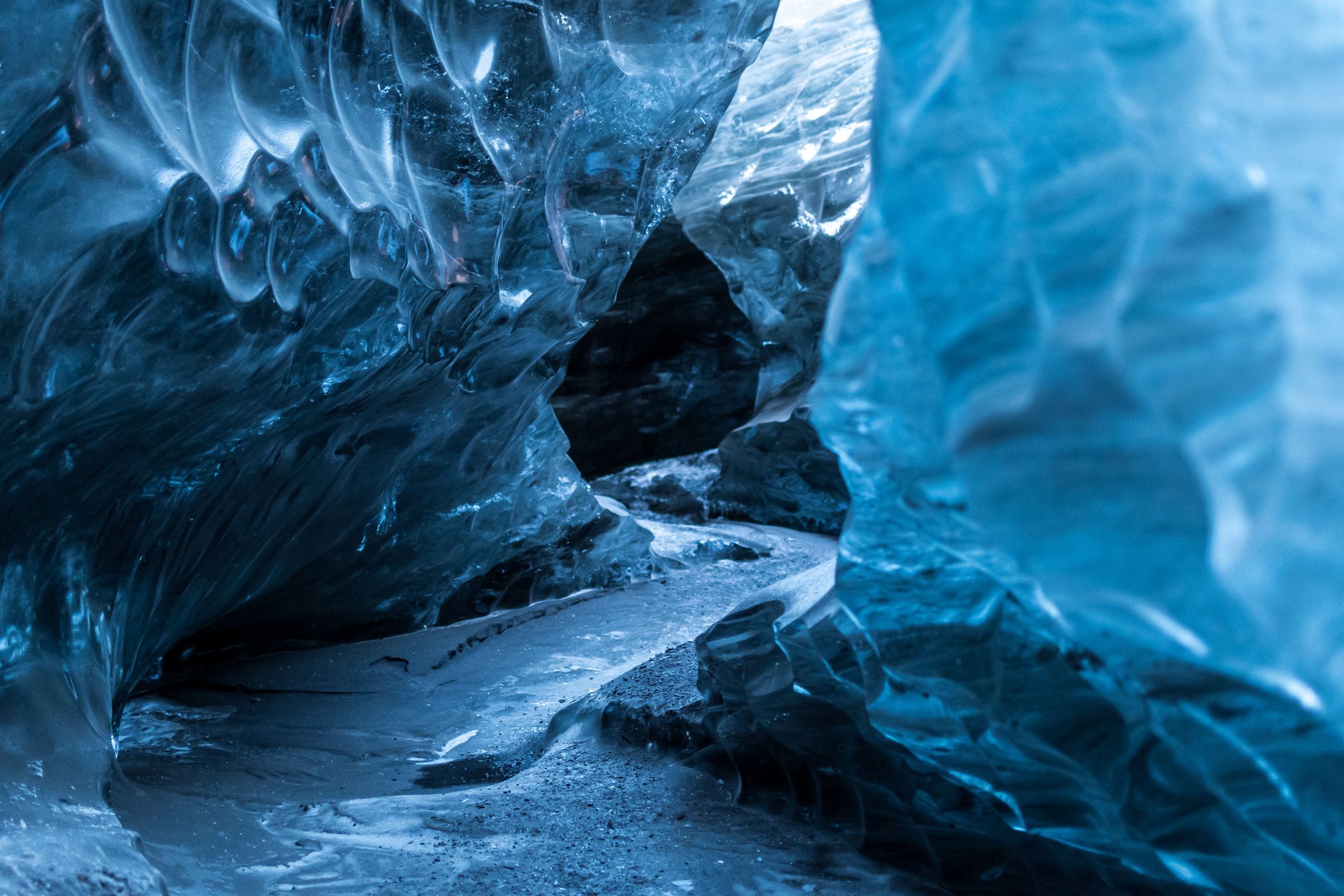
This Nordic country is renowned for its coolly glowing ice caves, which melt and reform every year to reveal new features and shapes.
Related: Here’s How to Visit Iceland Without Spending a Fortune
Feicui Salt Lake, China
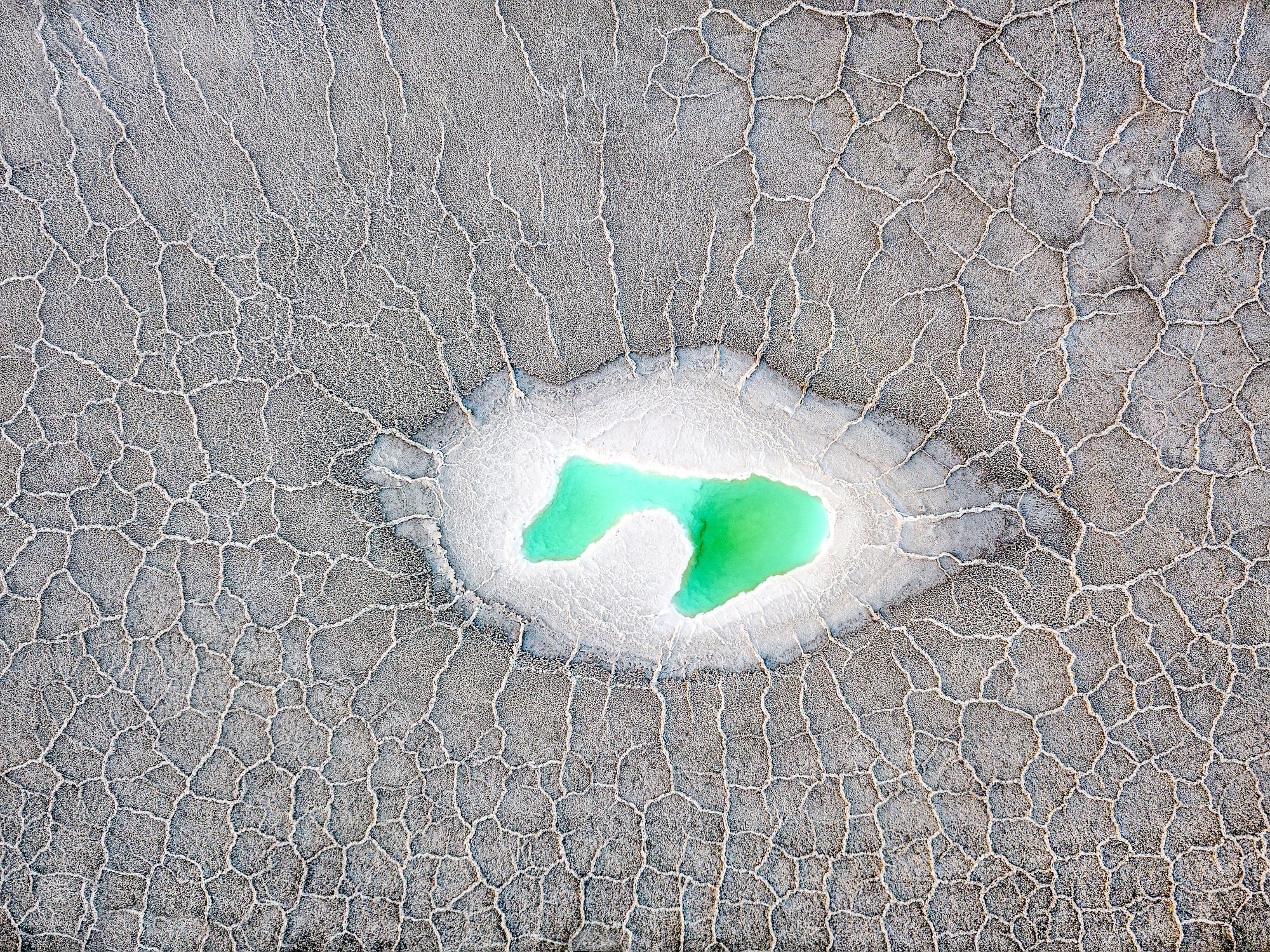
An aerial view shows this lake in the Haixi Mongolian and Tibetan Autonomous Prefecture of the Qinghai Province.
Sign up for our newsletter
Fairy Chimneys, Turkey
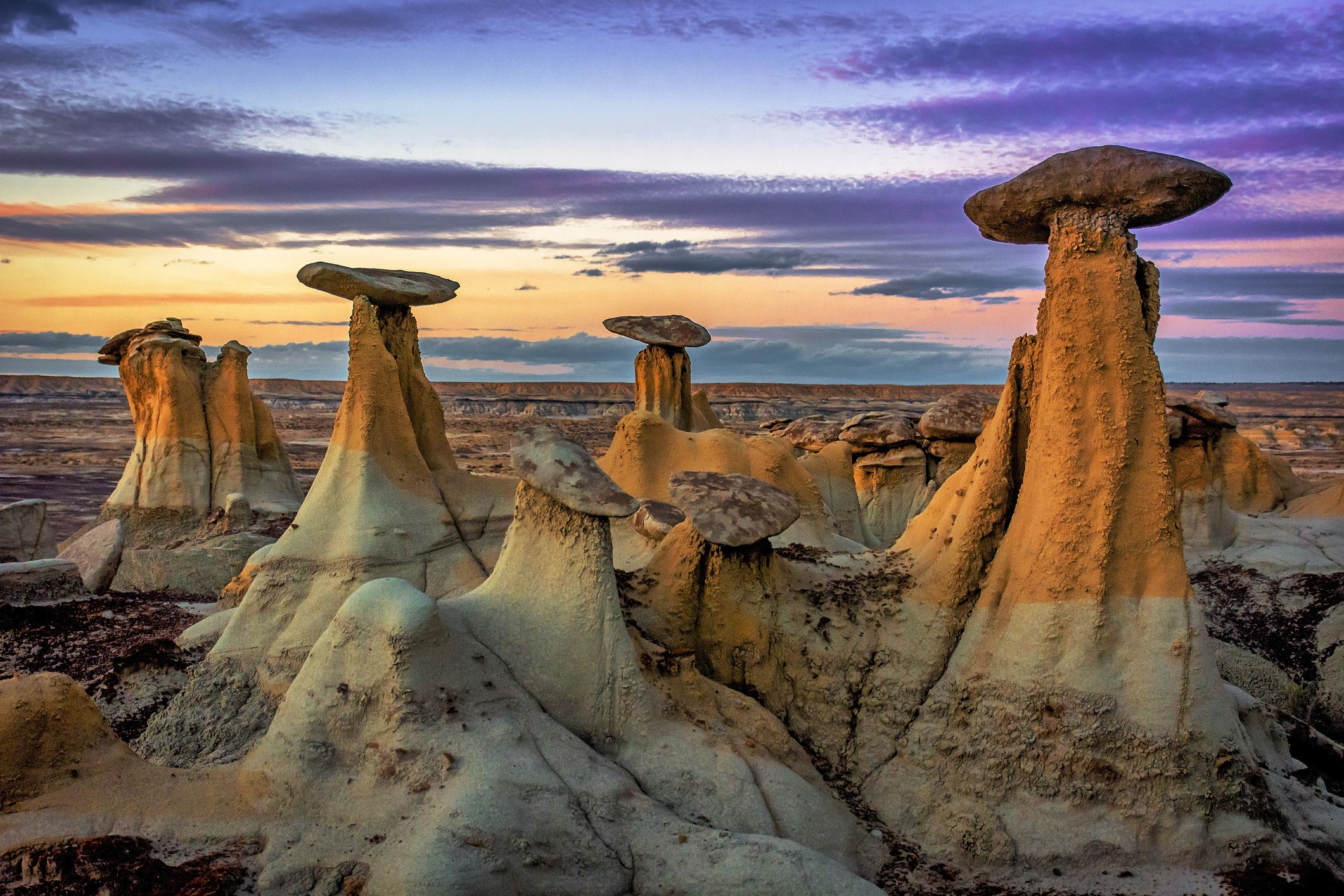
These geological formations are in the central Turkish region of Cappadocia, named a UNESCO World Heritage Site in 1985.
Cuevas del Drach, Mallorca
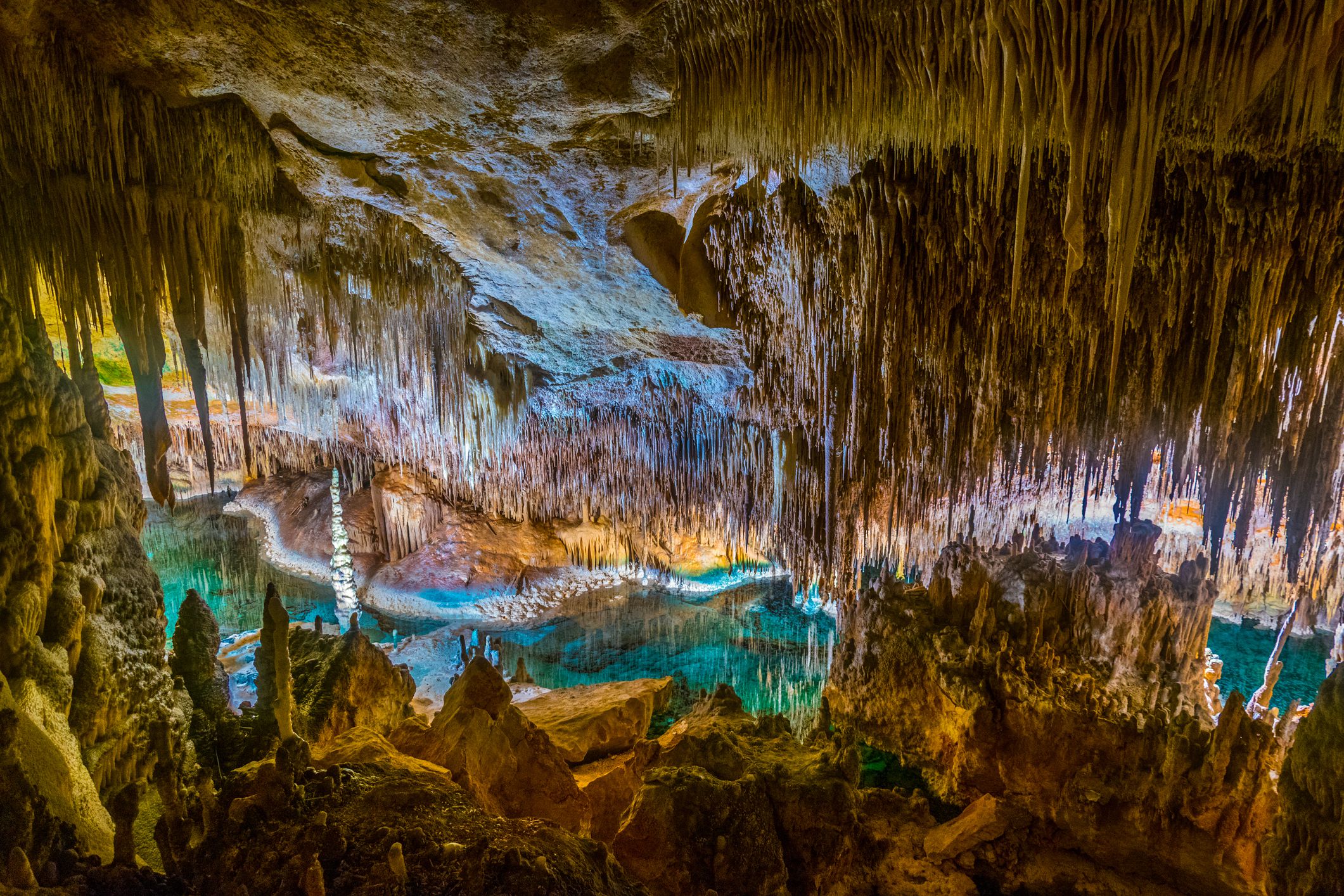
The stalactite-laden caves on this Spanish island look like something out of a science fiction movie scene.
Related: Spectacular Caves You Can Rent
Ama Dablam, Nepal
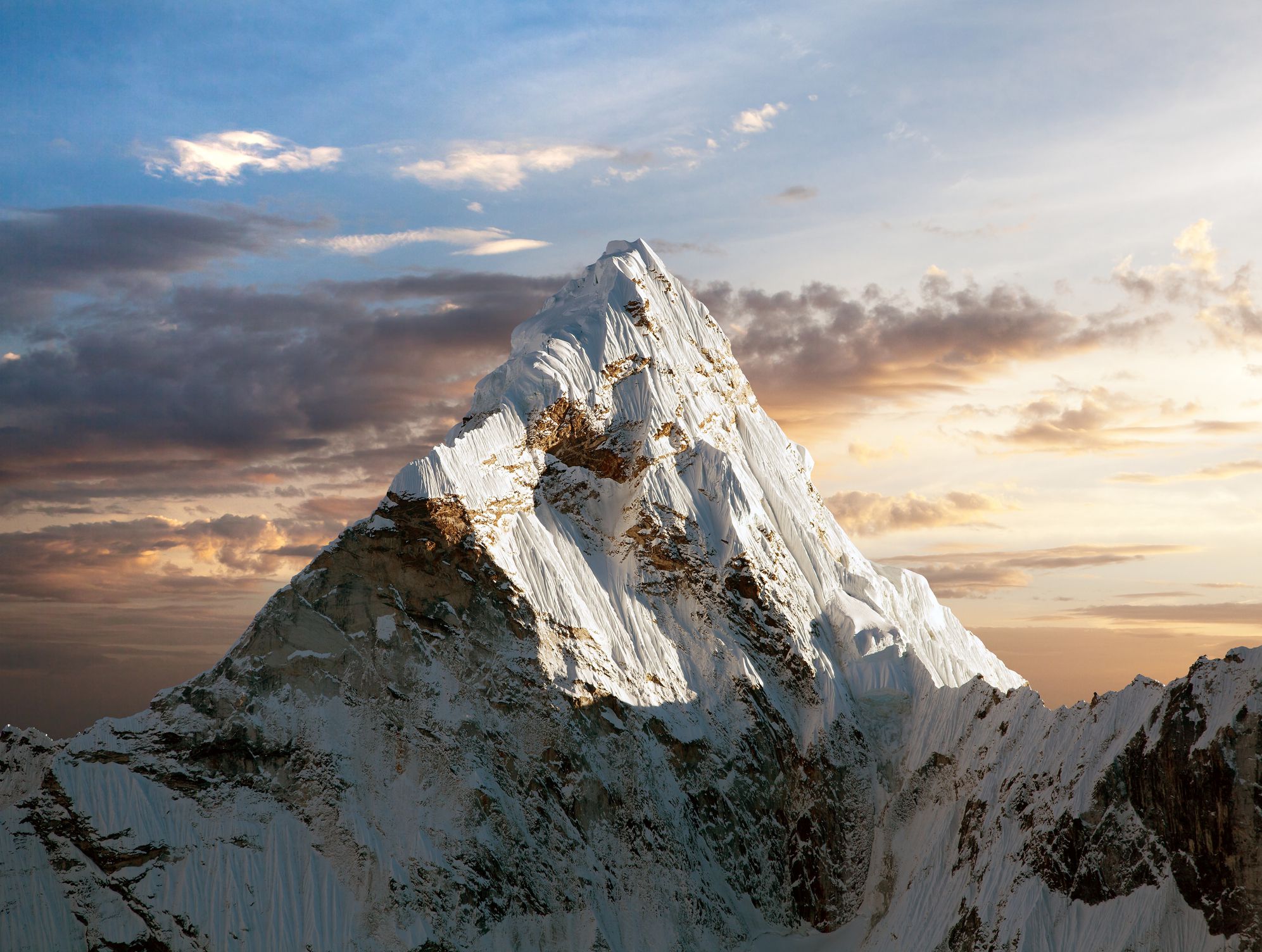
With a summit more than 22,300 feet above sea level, this dramatic Himalayan peak is about as otherworldly as it gets on this planet.
The Richat Structure, Mauritania
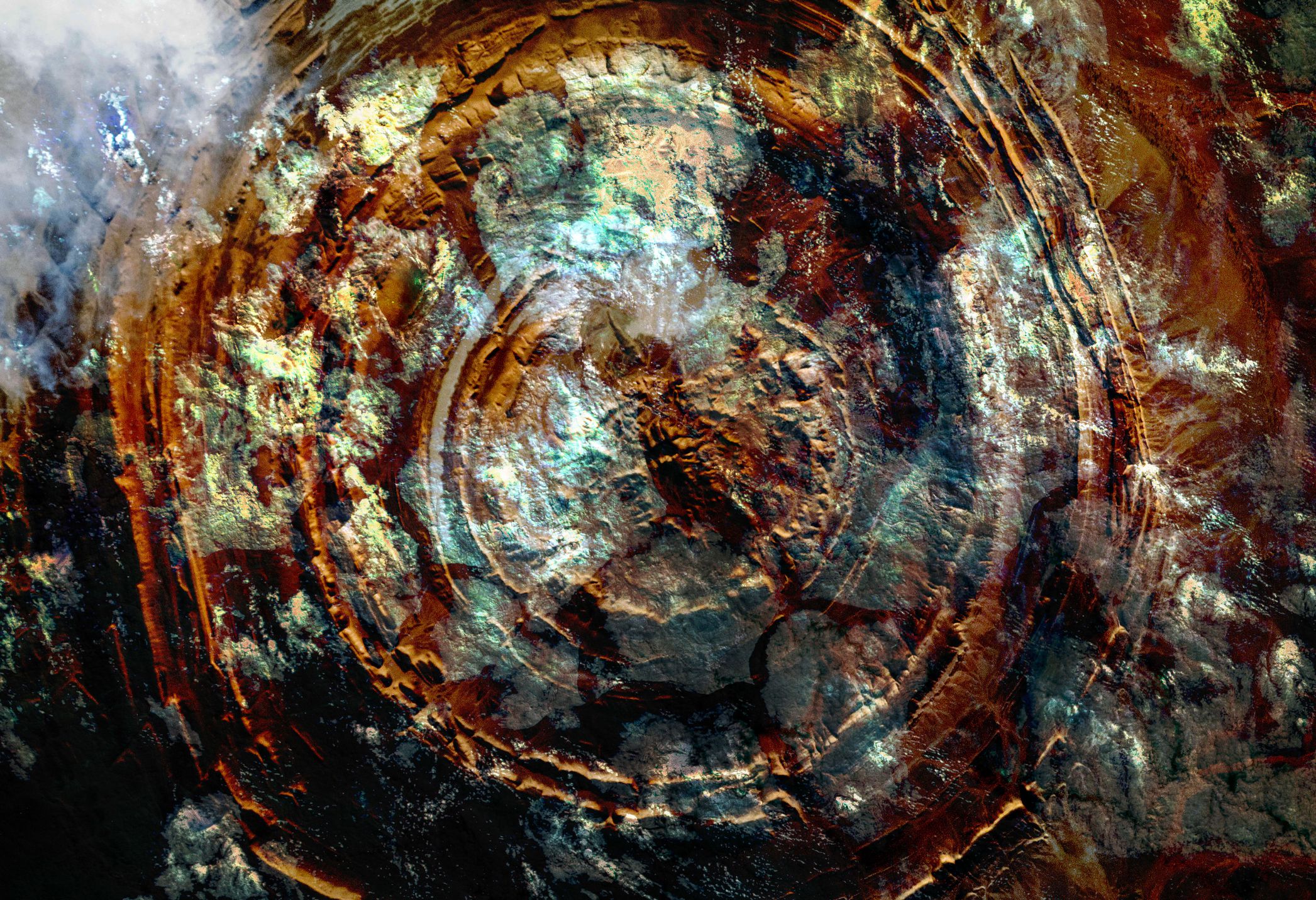
This NASA-provided image shows what is often also called The Eye of the Sahara. Located on the desert’s Adrar Plateau, it is an eroded dome of igneous rock that dates to tens to hundreds of millions of years ago.
Iceberg, Greenland
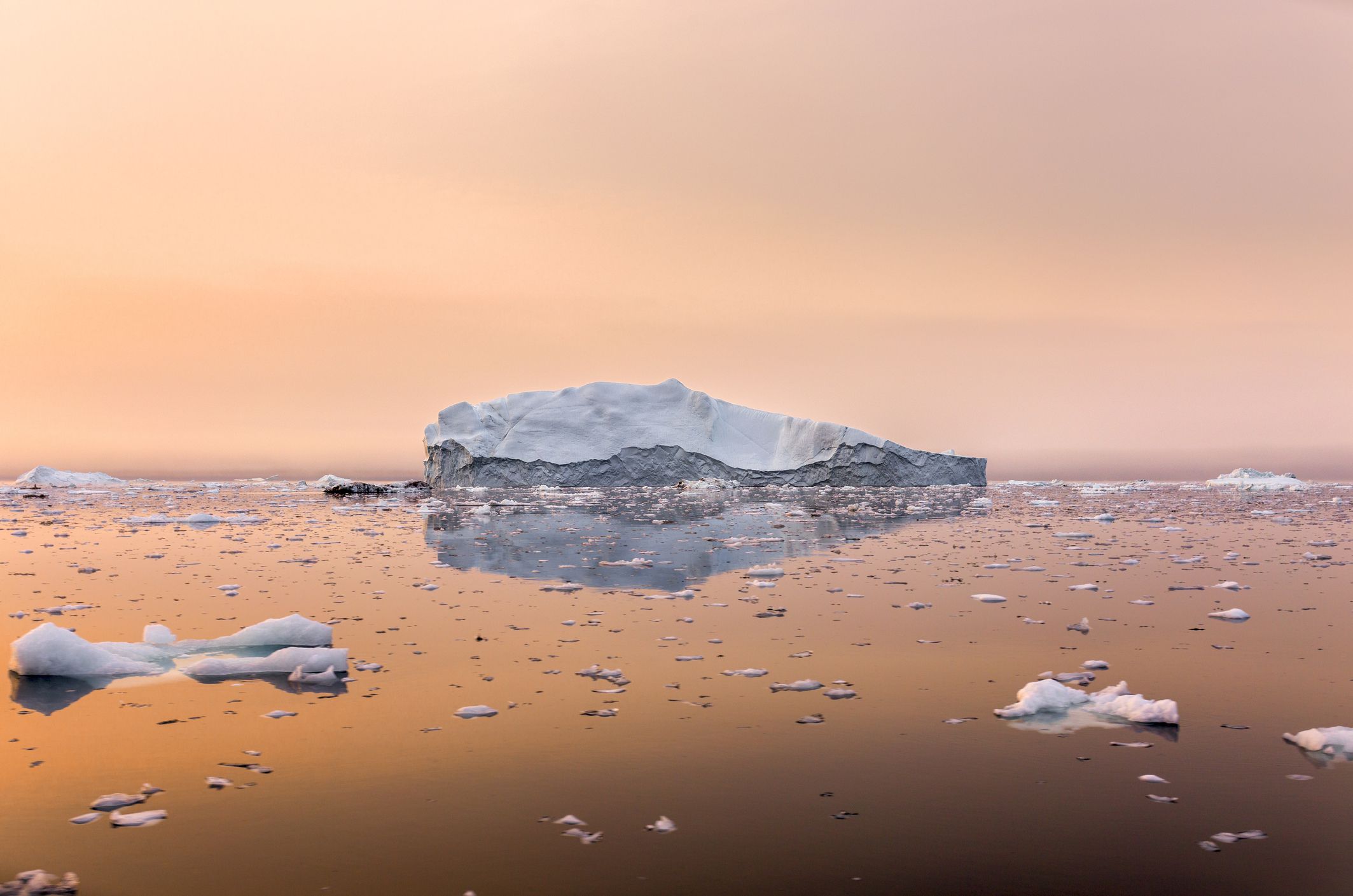
This shot of an iceberg at sunset looks like it could have beens shot on Mars (if Mars had more water).
Austfonna Ice Cap, Norway
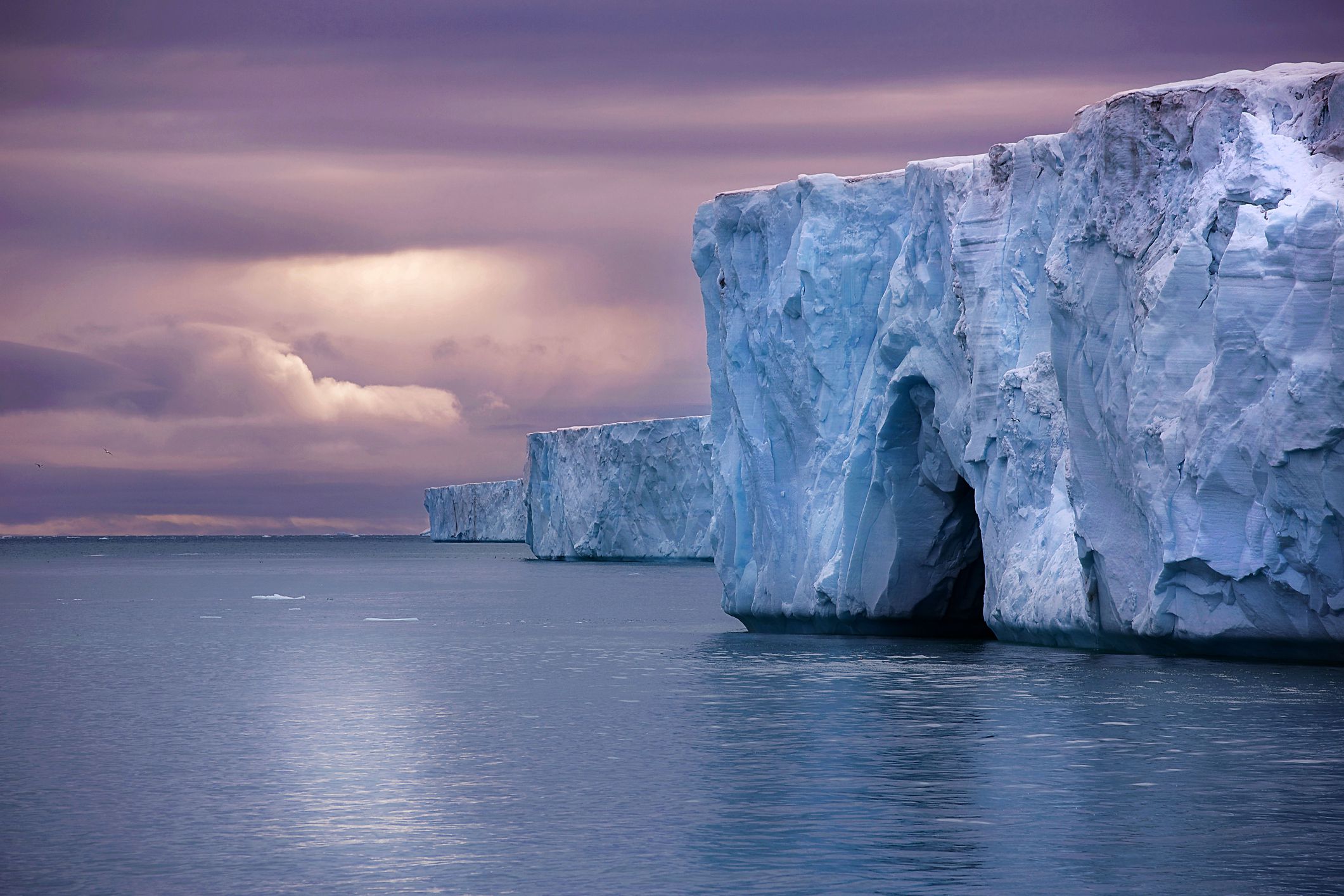
This is a piece of Europe’s third-largest glacier, covering more than 3,200 square miles.
Related: World’s Most Beautiful Glaciers to See Before They’re Gone
Salar de Uyuni, Bolivia
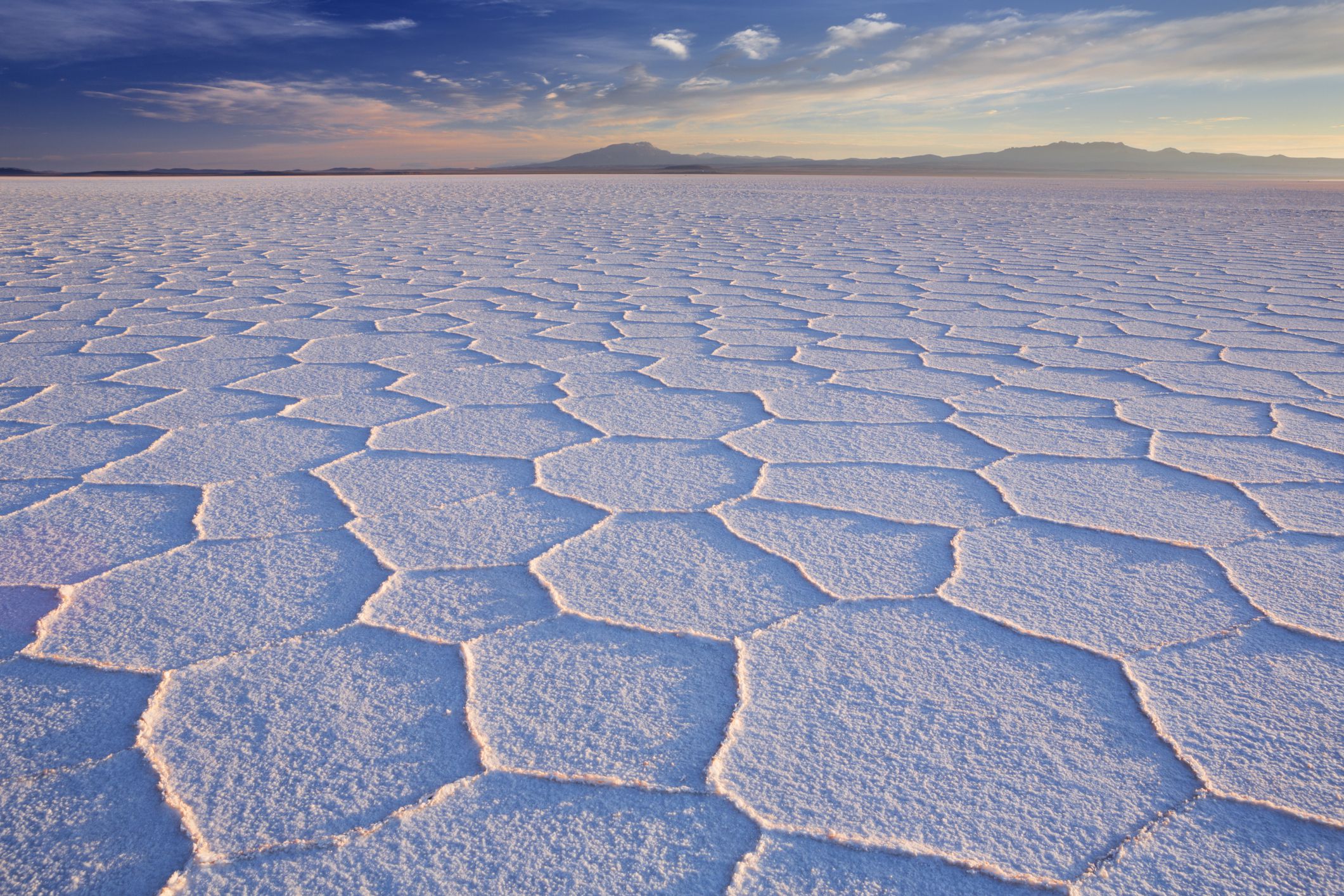
This South American salt flat is the world’s largest. The remnants of a prehistoric lake that went dry, it contains more than half of the world’s lithium reserves.
Related: 14 Under-the-Radar Destinations in Latin America
Marble Caves, Chile
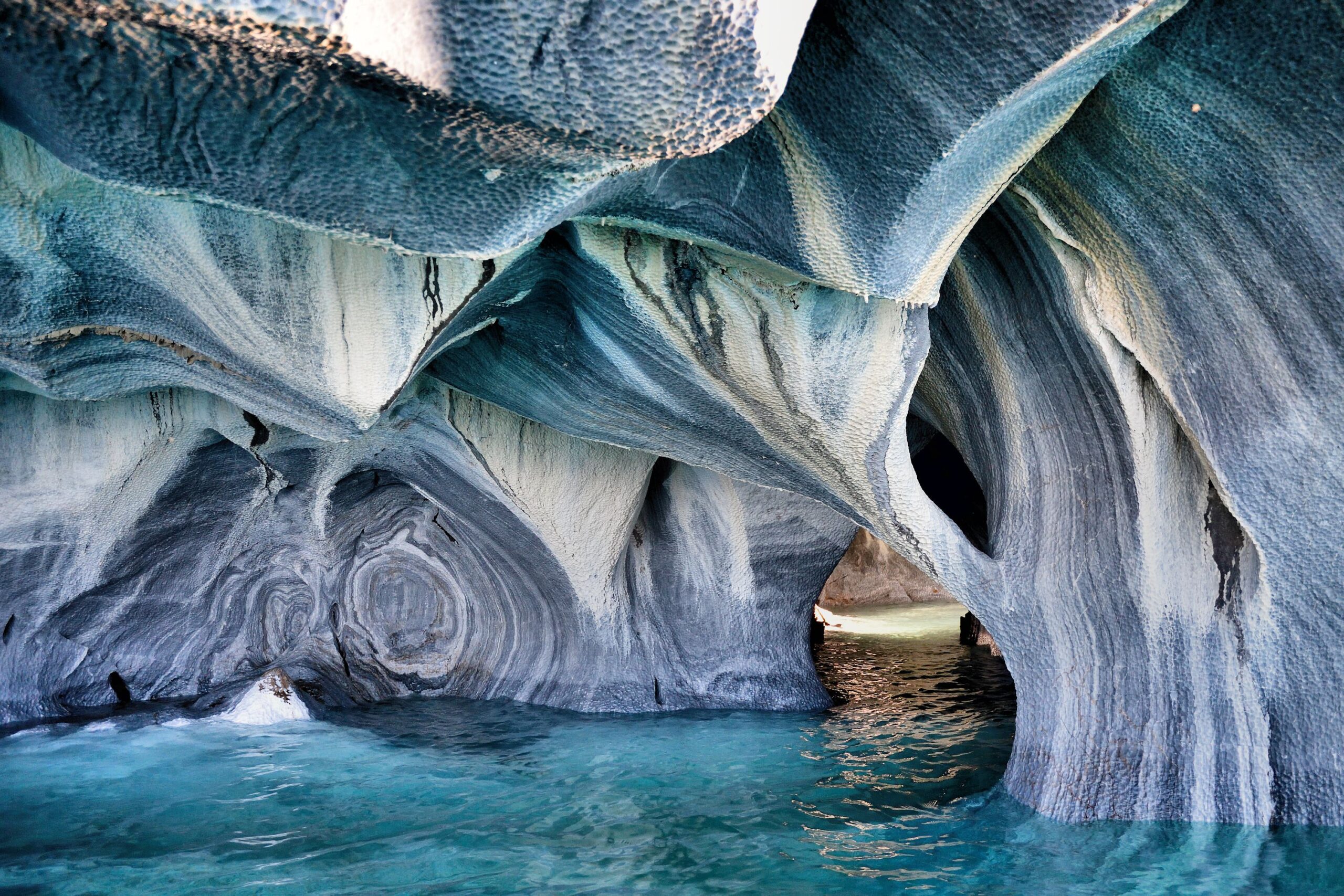
Water and time have created this cave system in the Patagonian region of the country.
Related: Coolest Tiny Home Rentals on Airbnb and Vrbo
Pamukkale Travertine Pools, Turkey
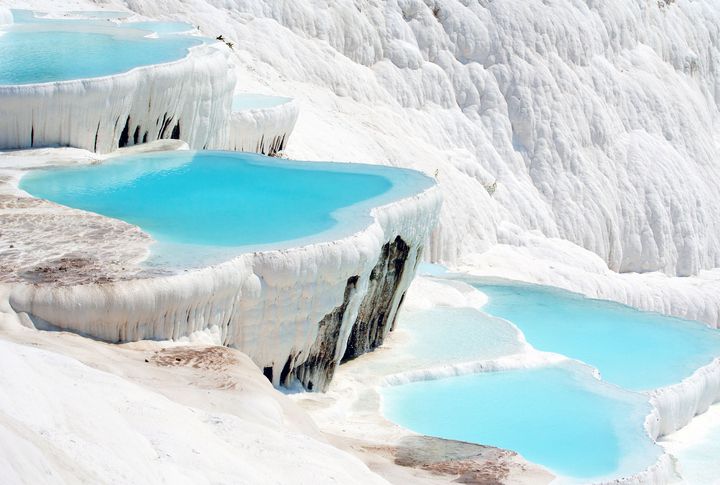
These naturally occurring mineral springs and travertine terraces in southwestern Turkey have been constructed over millennia.
Related: Hot Springs Where You Can Shake Off Winter’s Chill
Death Valley, California
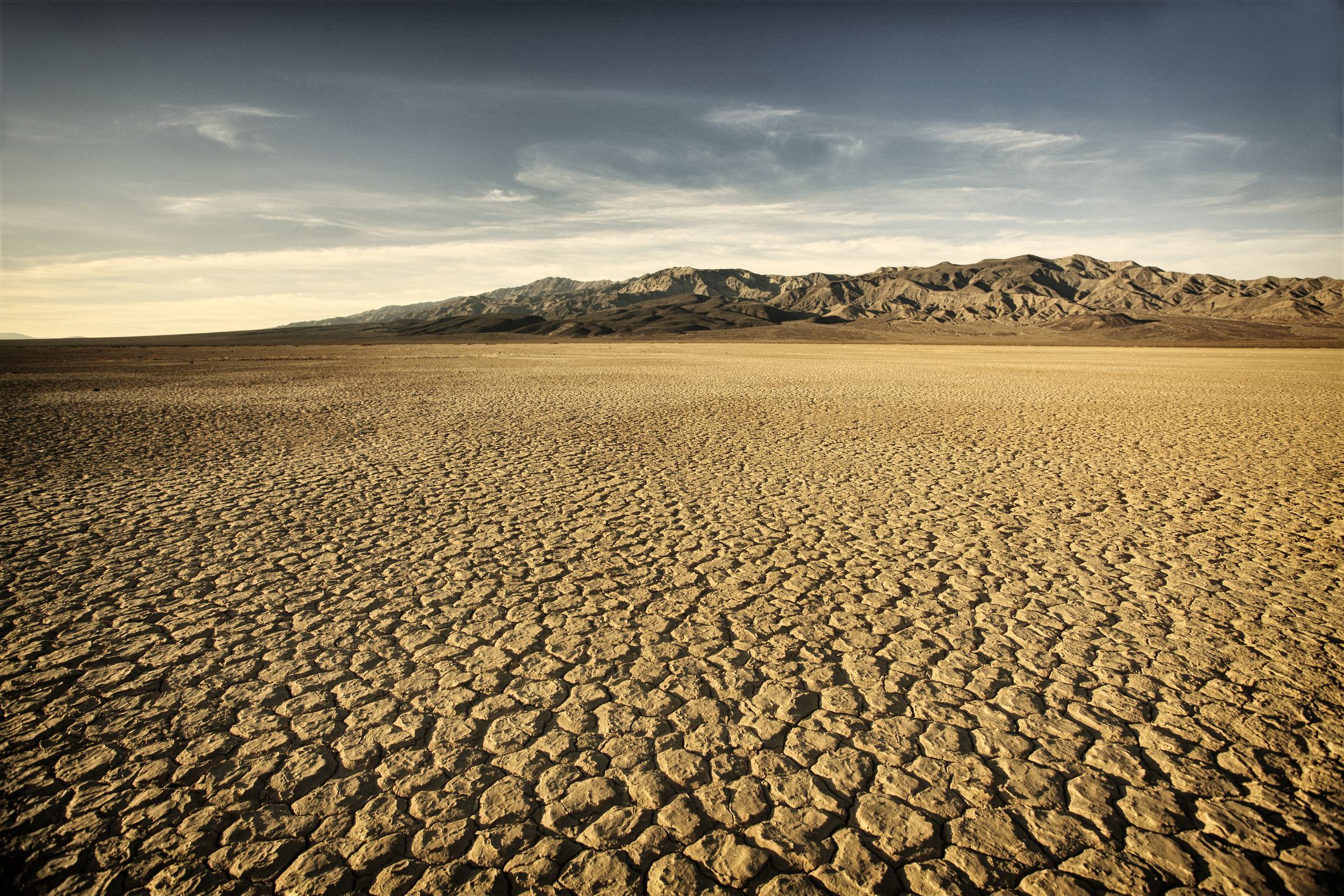
The temperatures in Death Valley can reach upward of 130 degrees, giving it an arid and cracked landscape that looks preternatural.
Related: 15 Desert Vacation Spots to Heat Up Fall
Strangler Fig Tree, Vietnam

This tree, native to the world’s tropical forests, looks like something straight out of a Ridley Scott film.
Related: 18 Countries Where It’s Easy to Get a Last-Minute Visa
White Sand Desert, Egypt
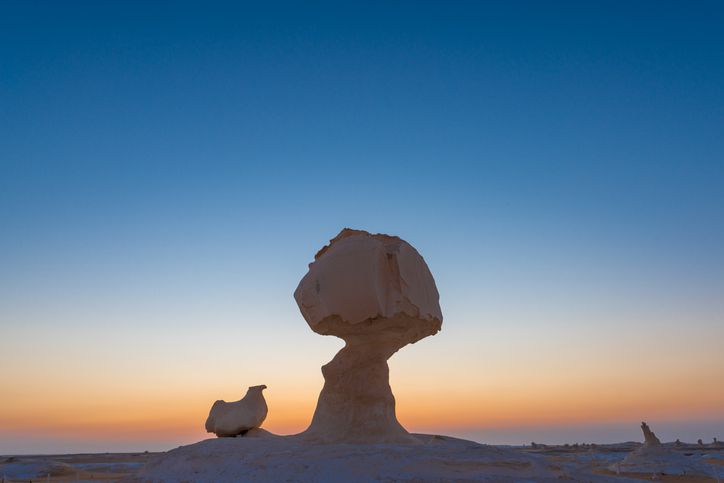
This desert in North Africa, also known as Sahara el Beyda, is also a national park known for these strange limestone rock formations.
Related: Around the World in 20 Stunning Sunsets
Moeraki Boulders, New Zealand
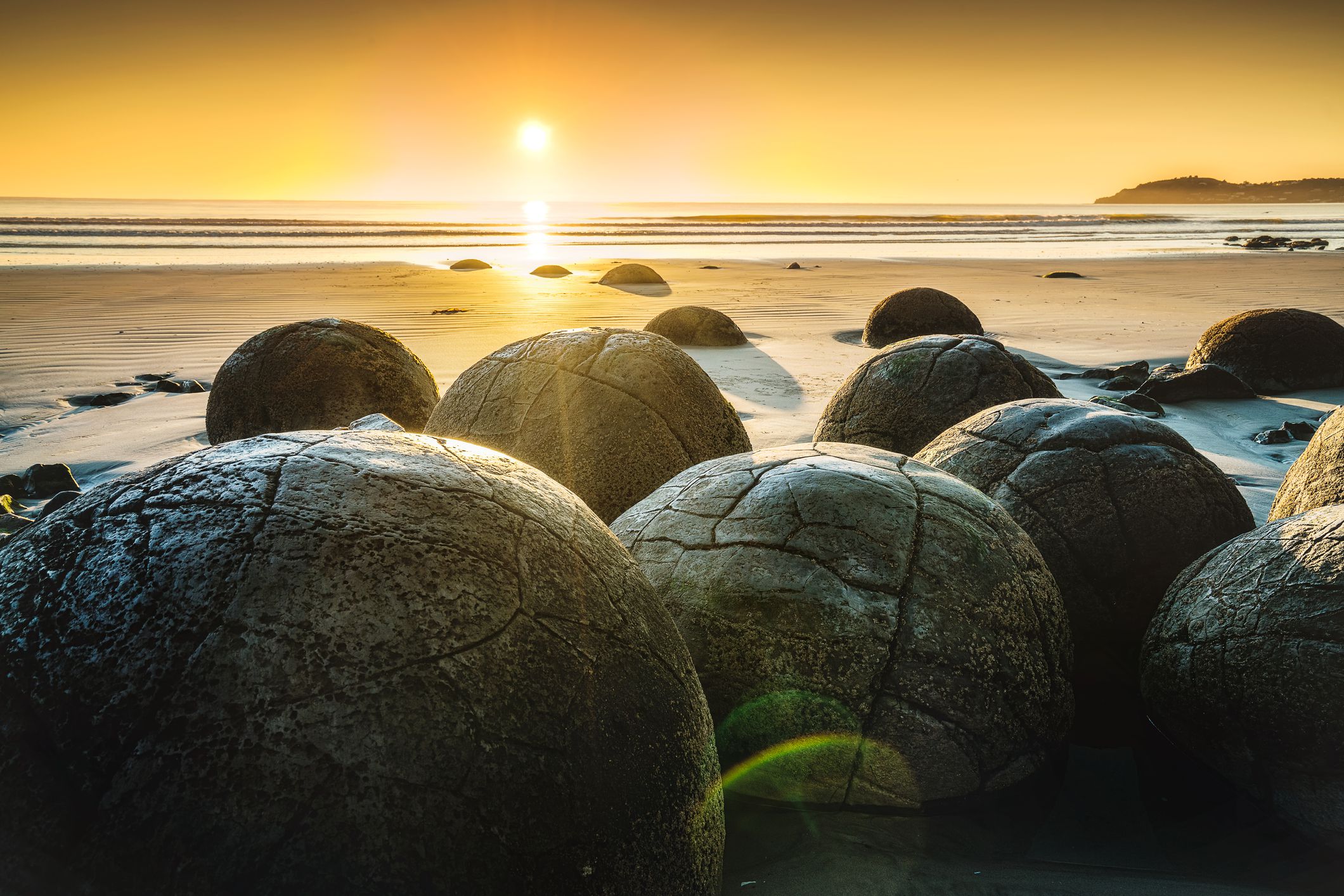
These boulders on the country’s Otago coast’s Koekohe Beach look like they could hatch aliens. They’re actually a combination of mud, silt, and clay that’s been cemented by calcite.
Caño Cristales River, Colombia
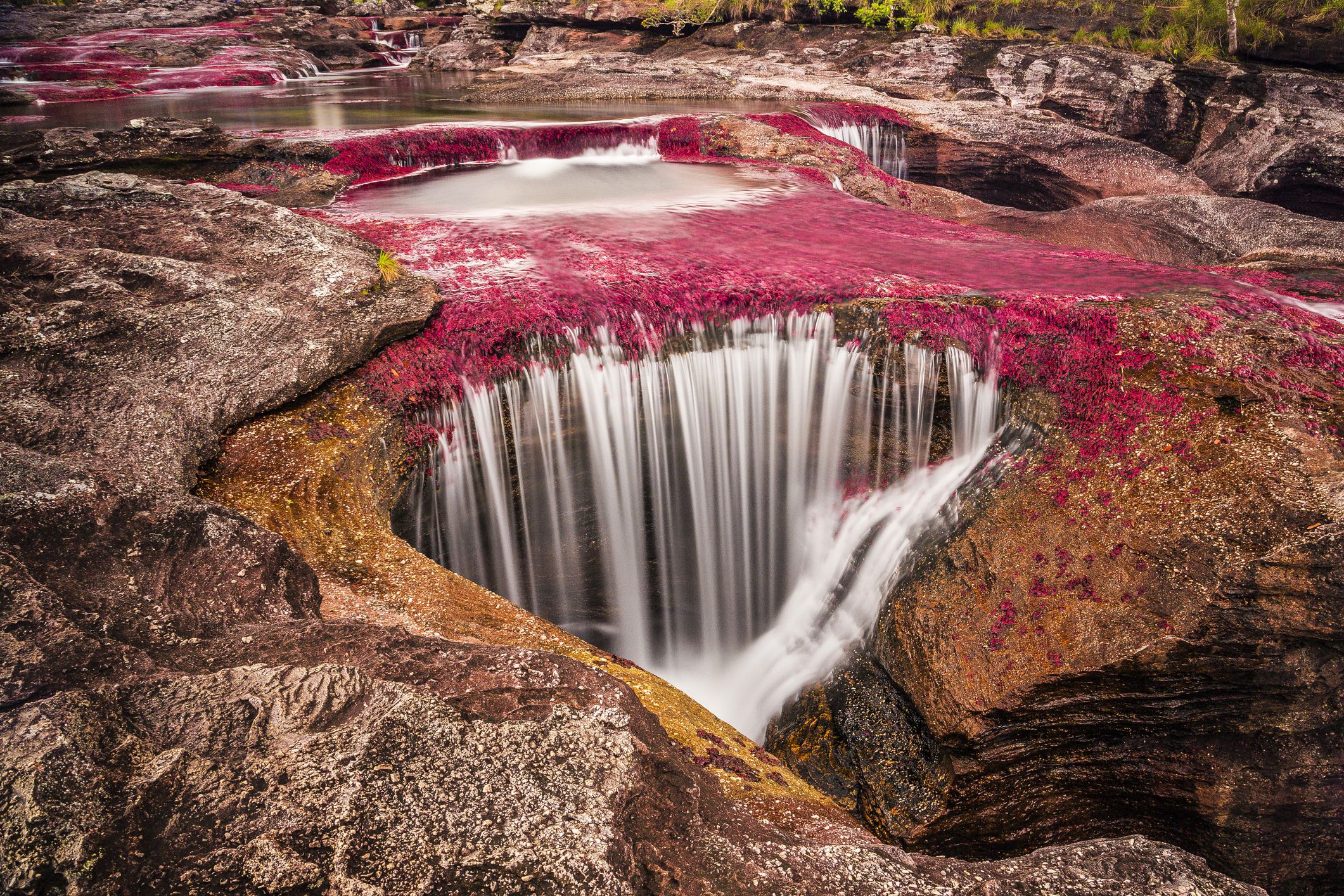
It looks like a doctored photo, but this South American river, also known as the River of Five Colors or the Liquid Rainbow, has plants in a number of different shades. The dominant reddish-pink shown here is the result of a proliferation of Macarenia clavigera plants.
Giant’s Causeway, Ireland
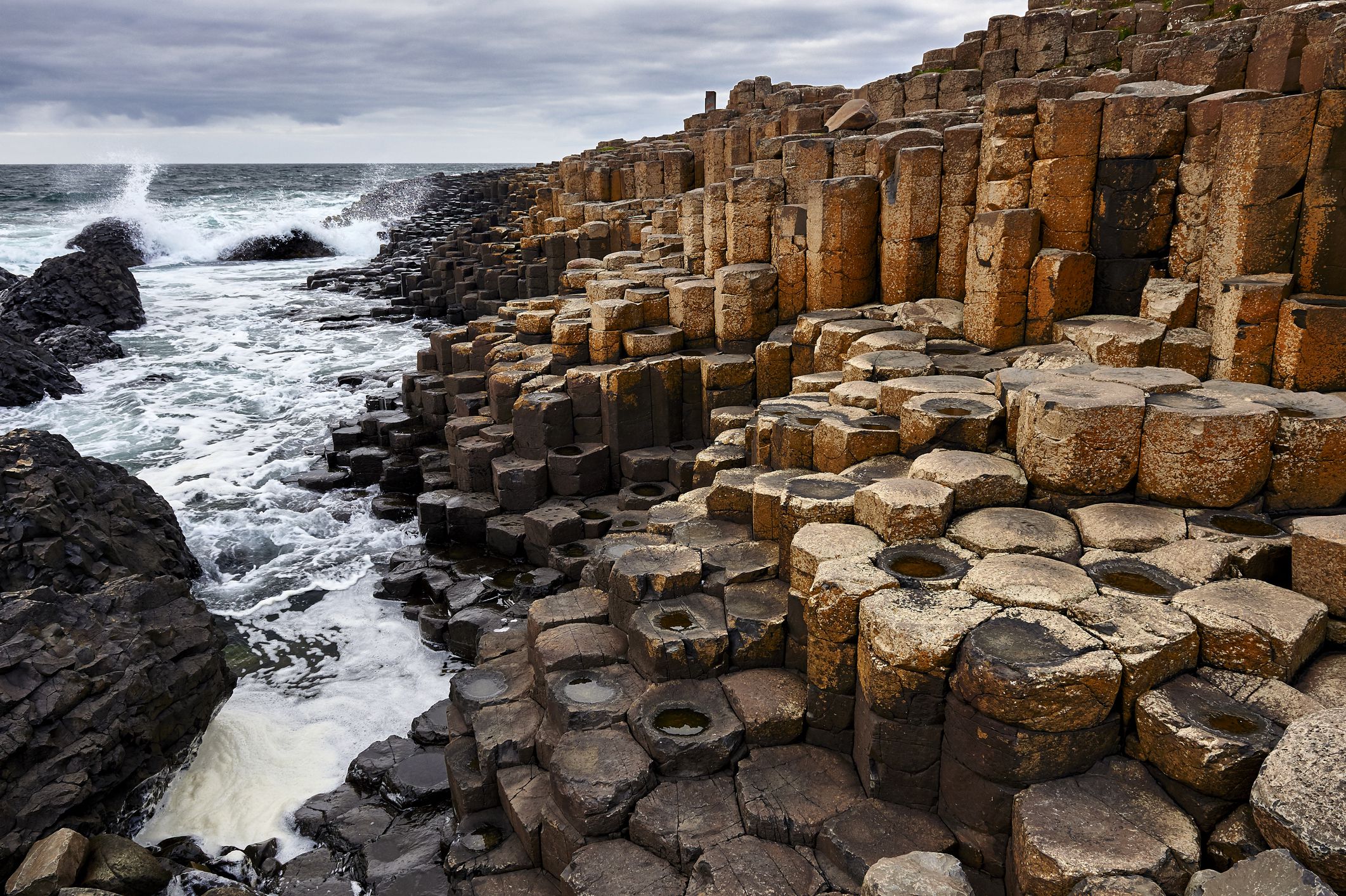
This UNESCO World Heritage Site formed around 50 million to 60 million years ago and was the result of major volcanic activity followed by cooling.
Related: 26 Stunning ‘Game of Thrones’ Filming Locations Worth Visiting
Chocolate Hills, Philippines
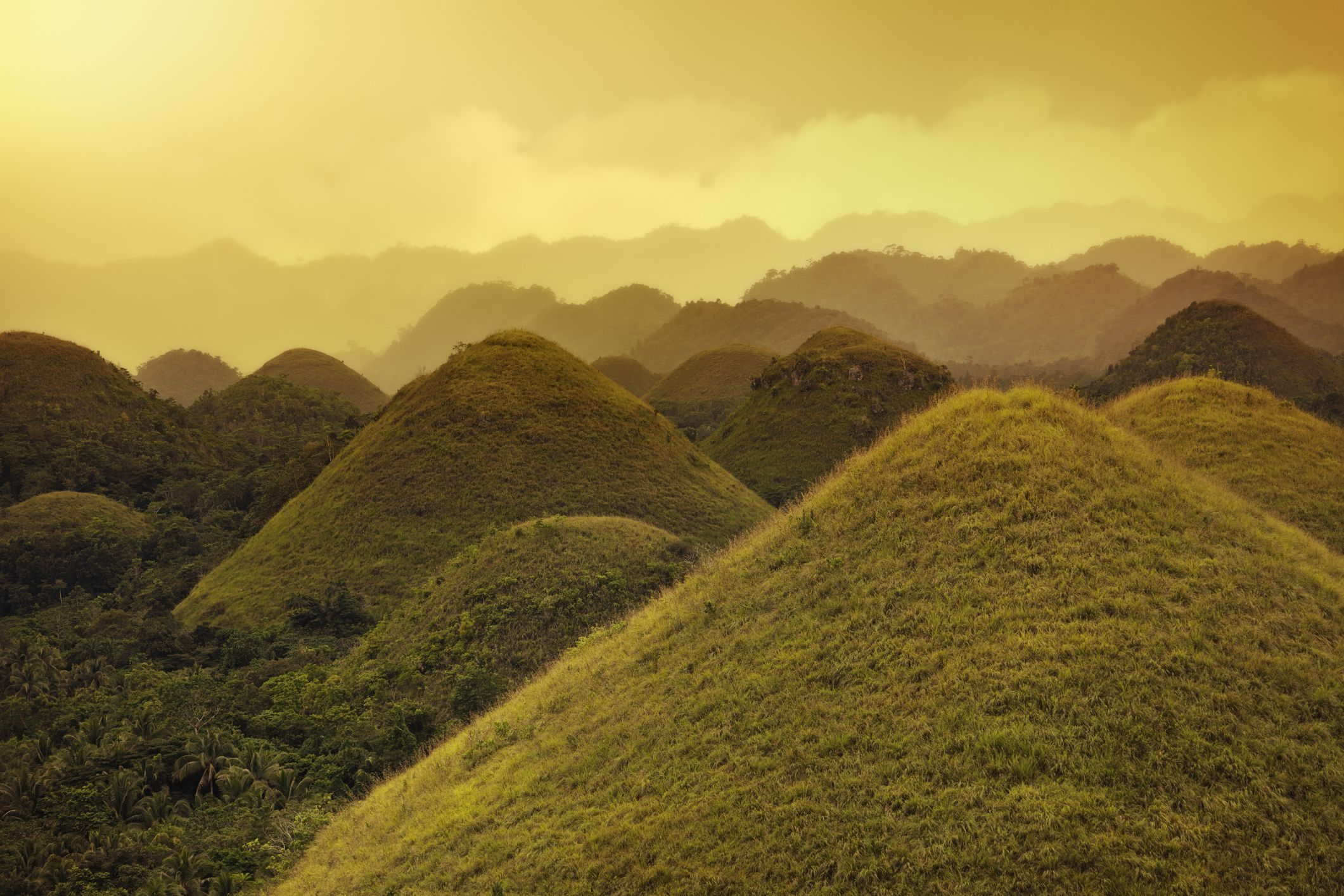
Sunlight and mist enshrouds these more than 1,200 ancient geologic formations in the Bohol province. The hills are made of grass-covered limestone, and the name comes from when the grass dies and turns brownish.
Related: 22 Travel Destinations You Can Visit on $20 a Day
Waitomo Glowworm Caves, New Zealand
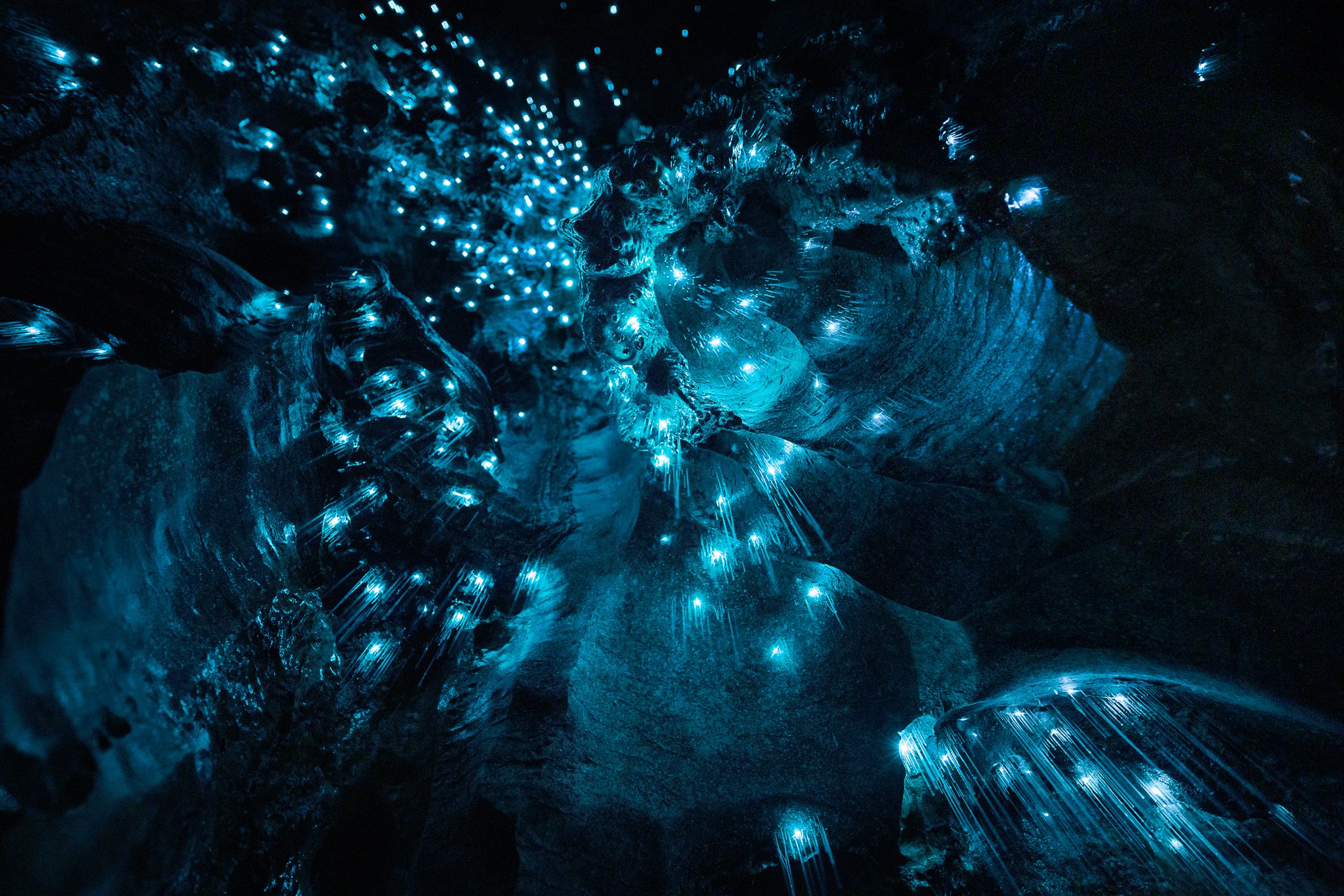
Arachnocampa luminosa, a glowworm population found only in New Zealand, are responsible for the otherworldly nature of these caves.
The Wave, Arizona
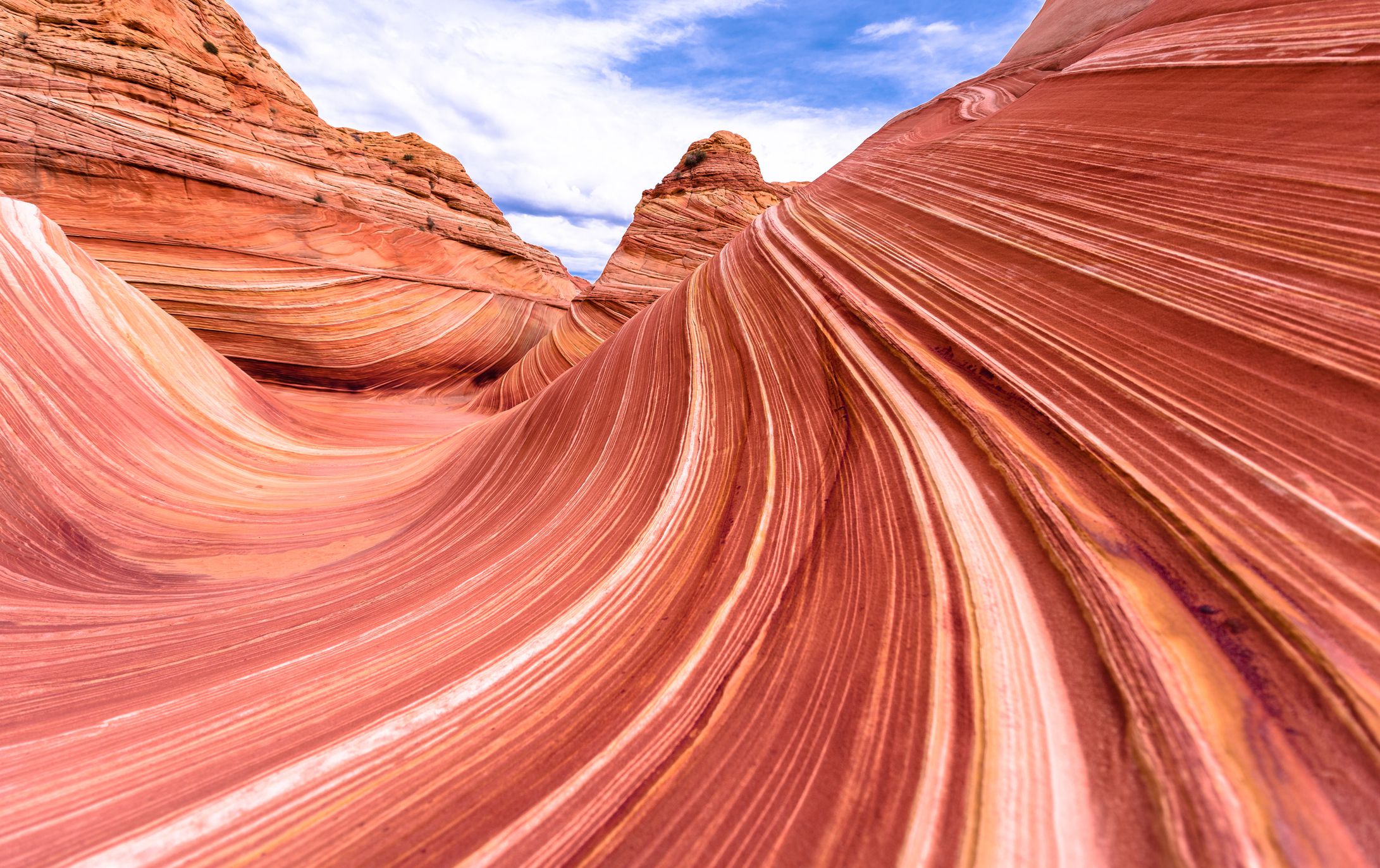
This northern Arizona sandstone rock formation can be reached via a rugged, 5.5-mile hike. That trek, however, requires a permit through a daily lottery system administered by the Bureau of Land Management.
Related: Amazing Places to Take a Selfie in All 50 States
The Danakil Depression, Ethiopia
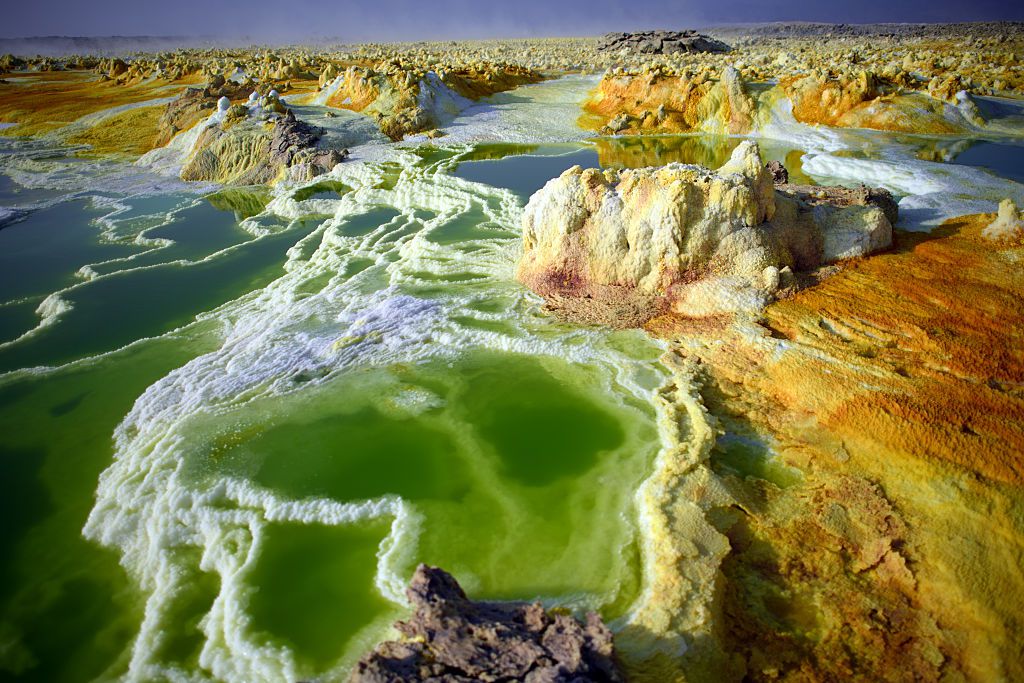
This place, one of the hottest and most inhospitable parts of the Earth, lies around 300 feet below sea level and is characterized by extremely hot, salty, and acidic conditions.
Grand Prismatic Spring, Wyoming
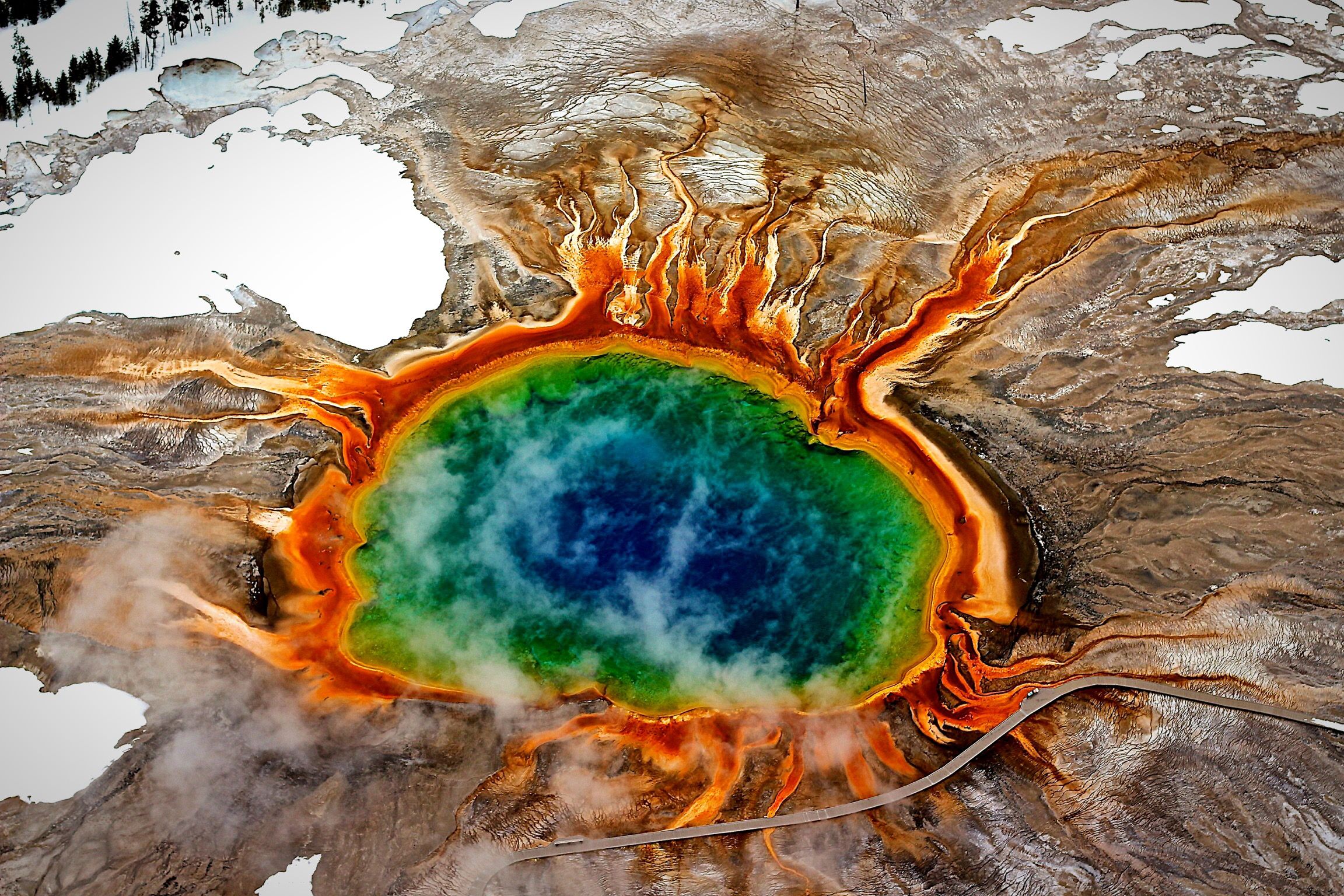
Located in Yellowstone National Park, this is the third-largest hot spring in the world and is renowned for its red, orange, yellow, green, and blue hues.
Related: Stunning Photos of Every National Park in America
Mount Zao, Japan
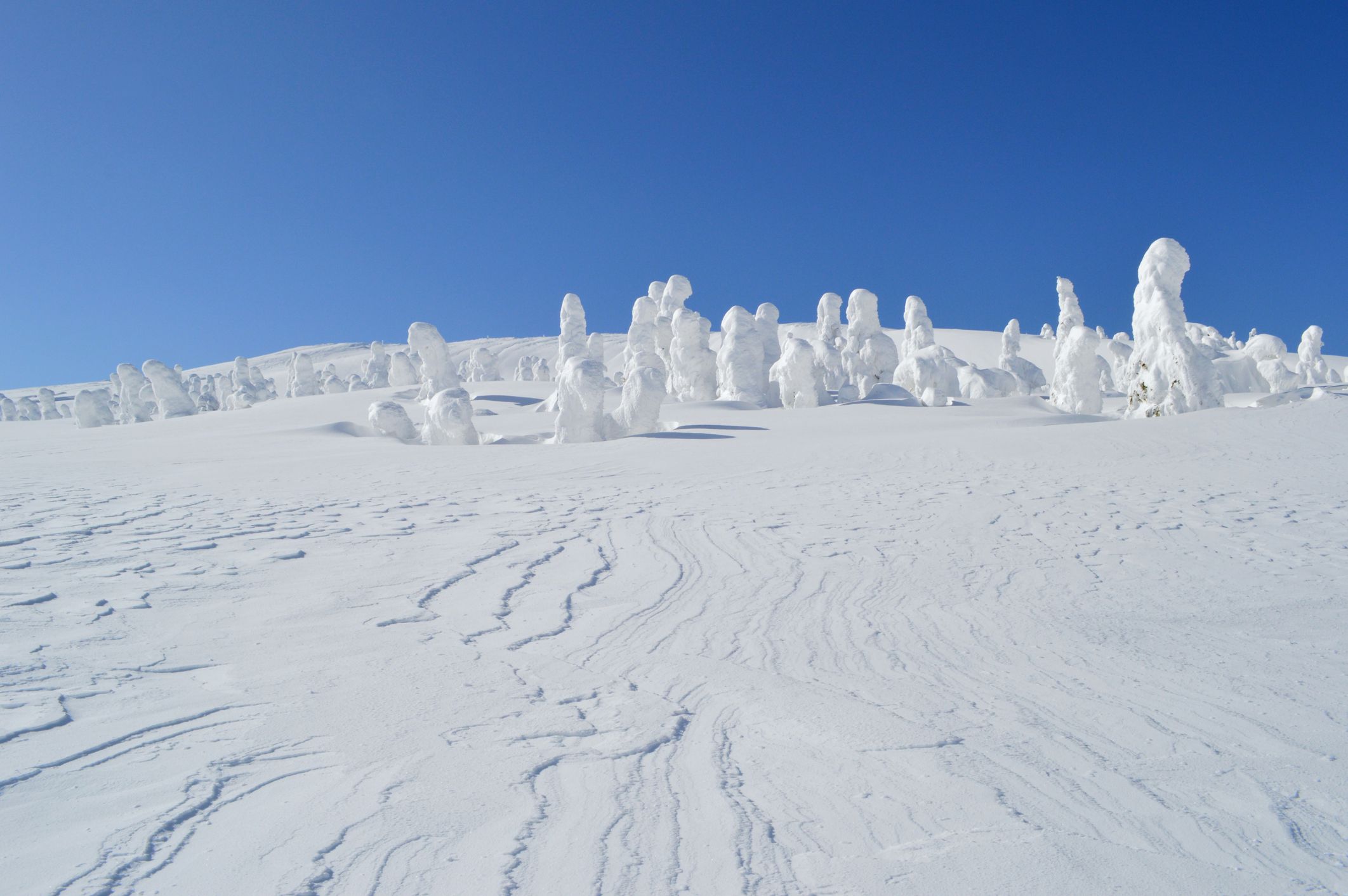
The formations, often called “snow monsters,” are actually the result of Siberian winds blowing freezing snow onto the mountain’s trees.
Related: 20 Prime Places to See Beautiful Cherry Blossoms
Fly Geyser, Nevada
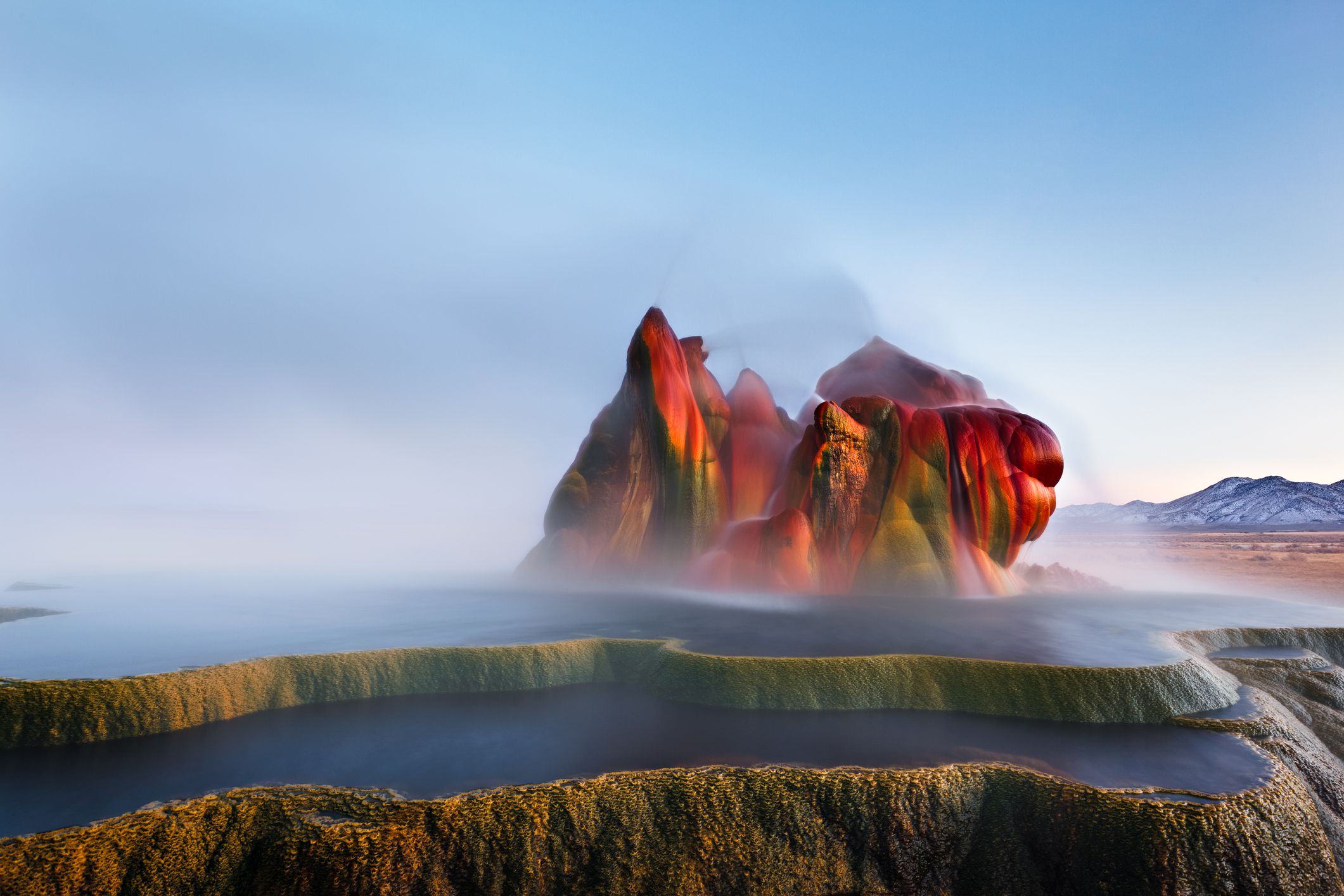
In Washoe County, this small geothermal geyser is about 5 feet tall by 12 feet wide and is the result of human drilling in 1916. The land it sits on is owned by the Burning Man Project, which offers limited public access to the site.
Related: 30 Serene and Secluded Lakes Worth the Drive
Eroded Iceberg, Antarctica
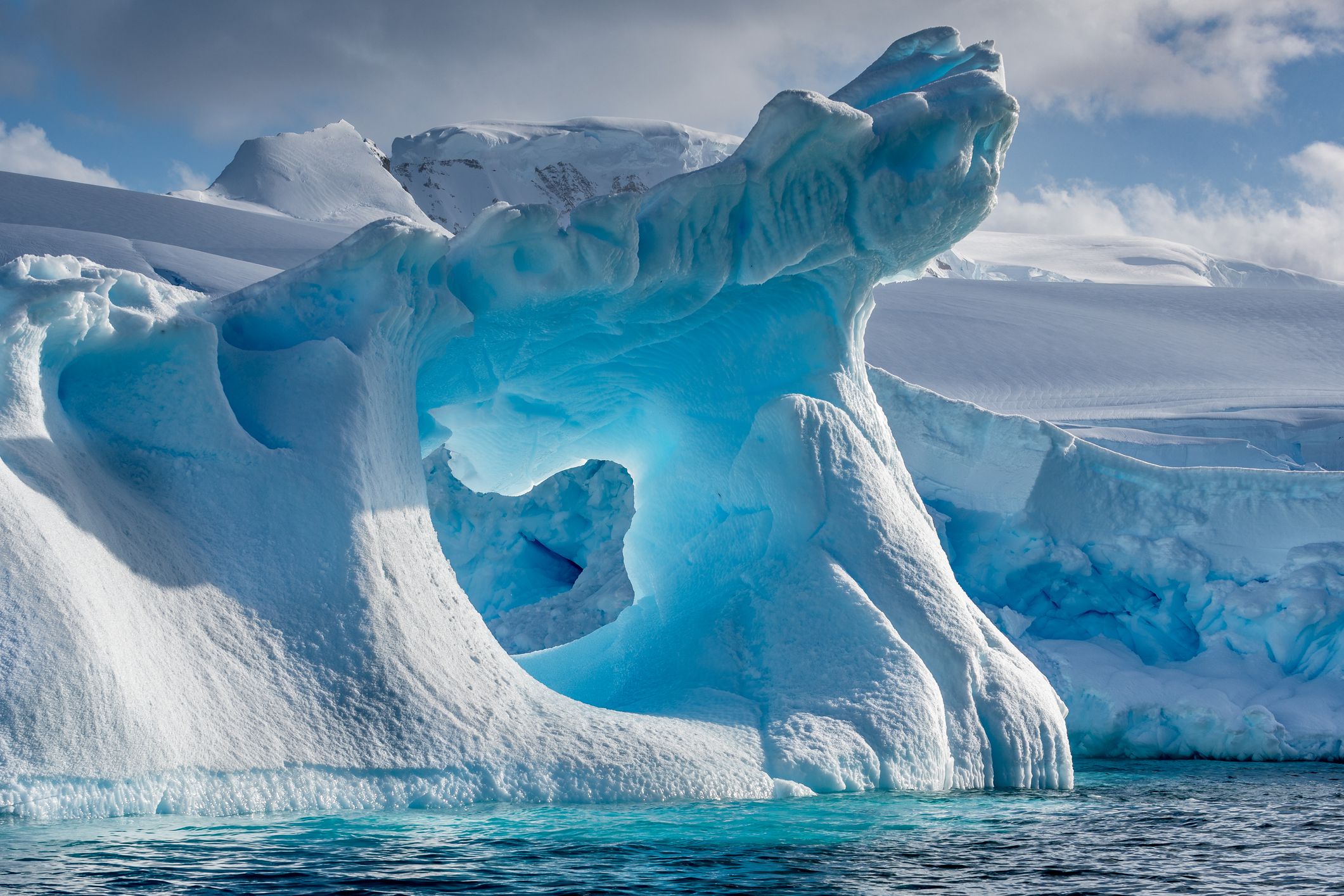
This massive Wilhelmina Bay-located iceberg shows just how dramatic of an artist Mother Nature can be.
Related: The World’s Most Remote Hotels
Darvaza Gas Crater, Turkmenistan

It looks like an asteroid-impacted planet, but this crater, also known as the Door to Hell, is the result of a natural gas field that collapsed into a cavern. It was intentionally set on fire by geologists to prevent the spread of methane gas, and has burned continuously for nearly 50 years.
Related: 31 Spectacular Photos of Hard-to-Reach Places
The Dead Sea, Israel
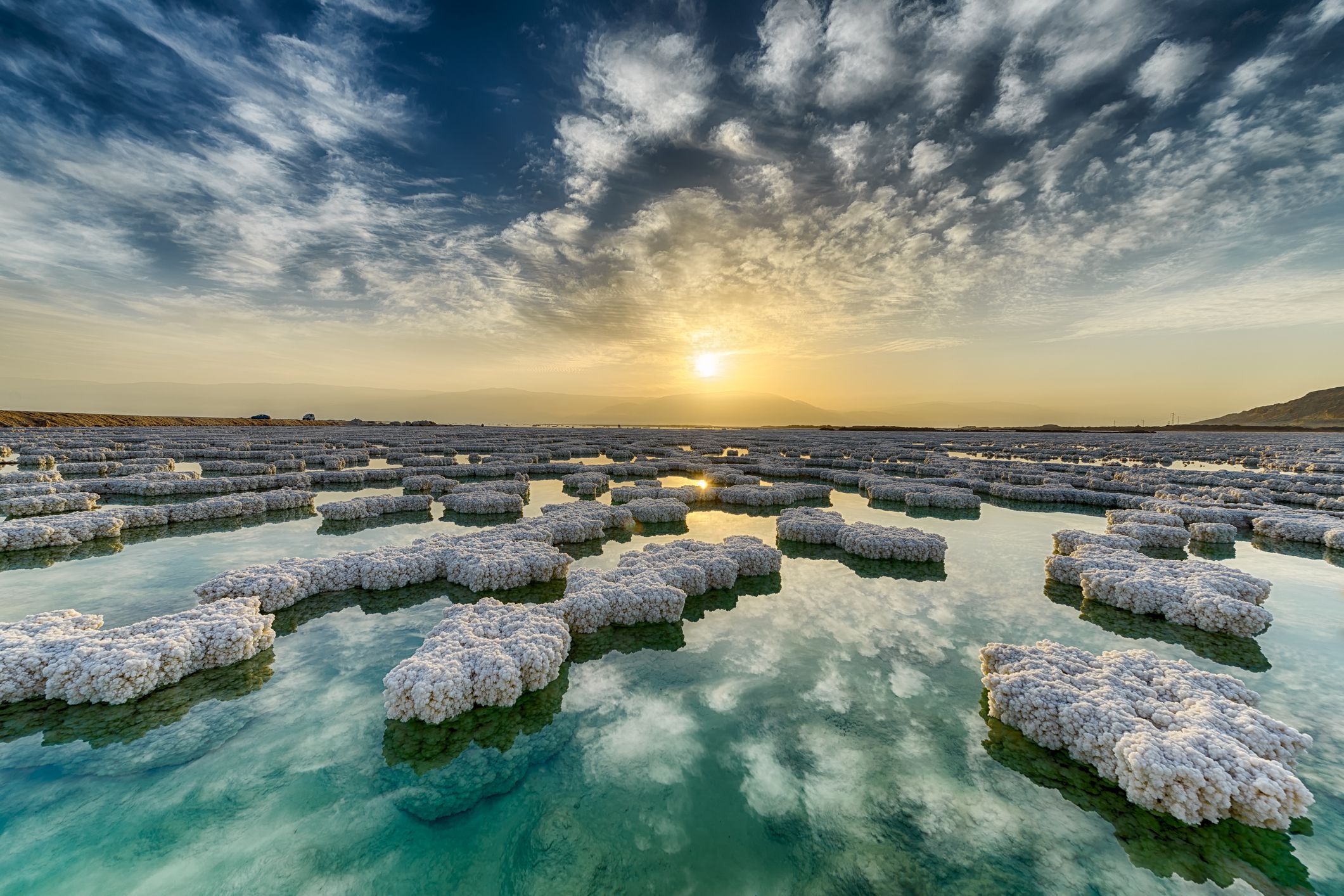
Salt crystals form on the surface in this dramatic shot of the Jordan River Valley’s biblical salt lake.
Related: 22 Photos of Beautifully Serene Lakes Around the World
Hell, Grand Cayman
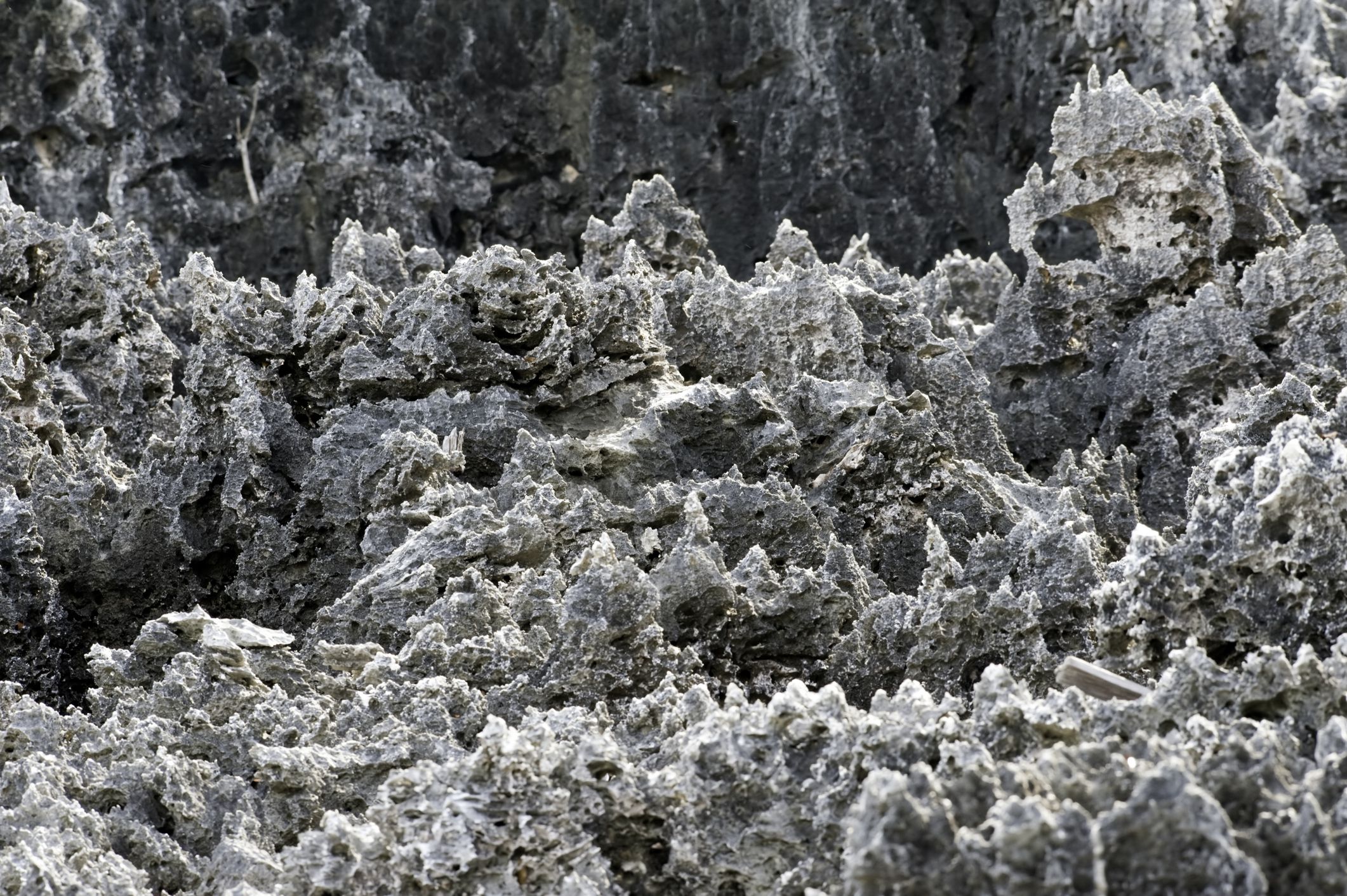
These jagged black rocks cover an area about the size of a football field in this, dare we say, appropriately named town in the Caribbean. The formations are actually the result of a type of algae interacting with limestone.
White Sands National Monument, New Mexico
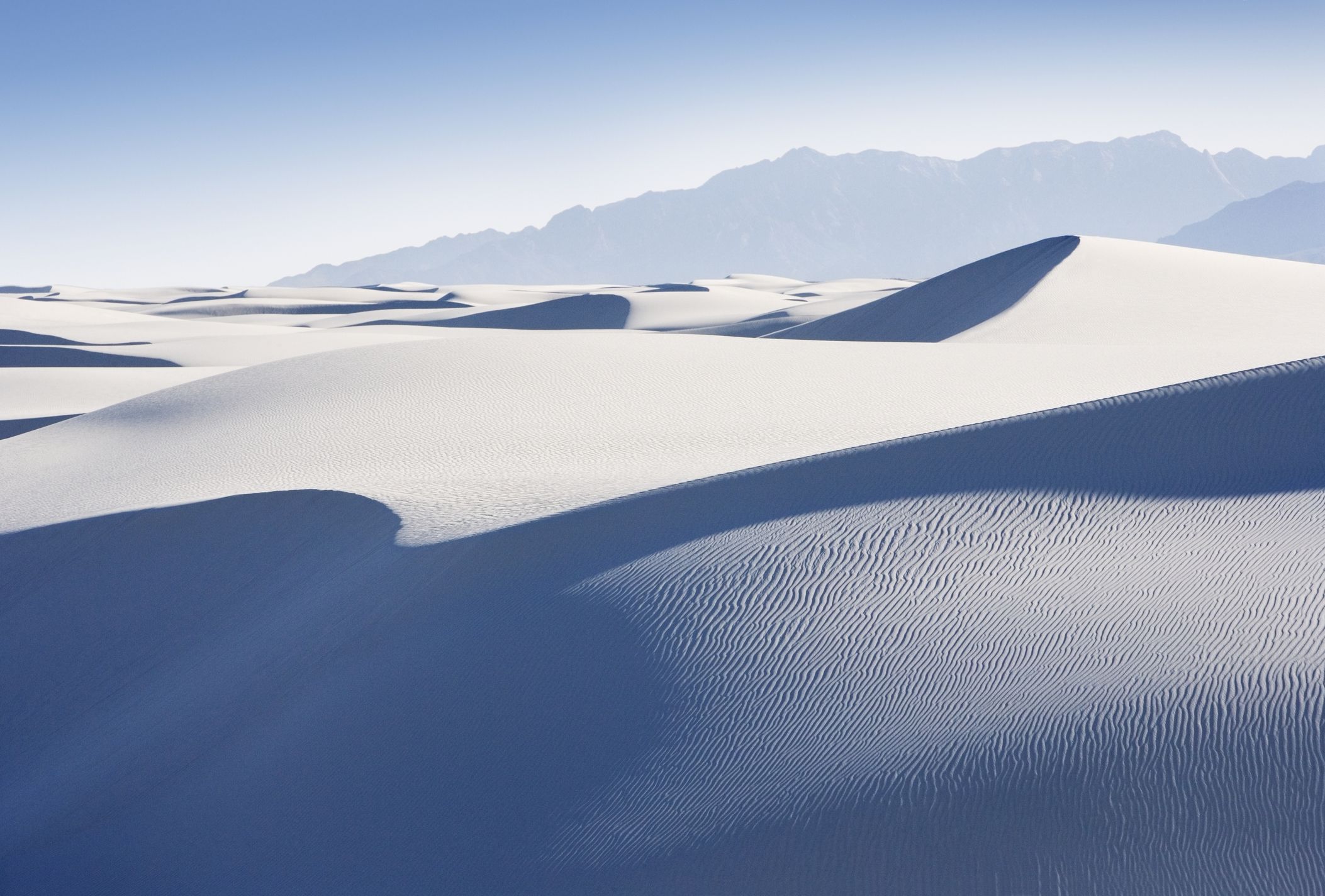
Alabaster gypsum sand covers 275 square miles of dune fields in this southern New Mexico site run by the National Park Service.
Related: 32 National Monuments Everyone Should Visit at Least Once
